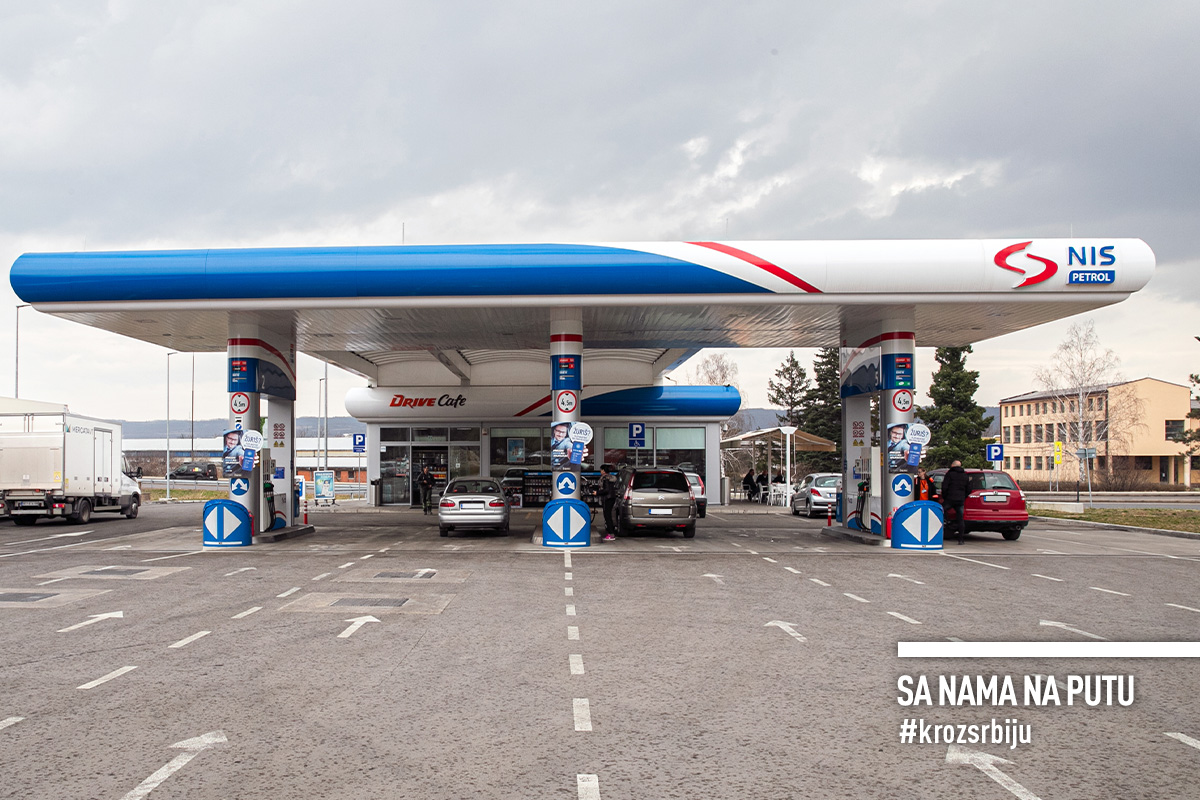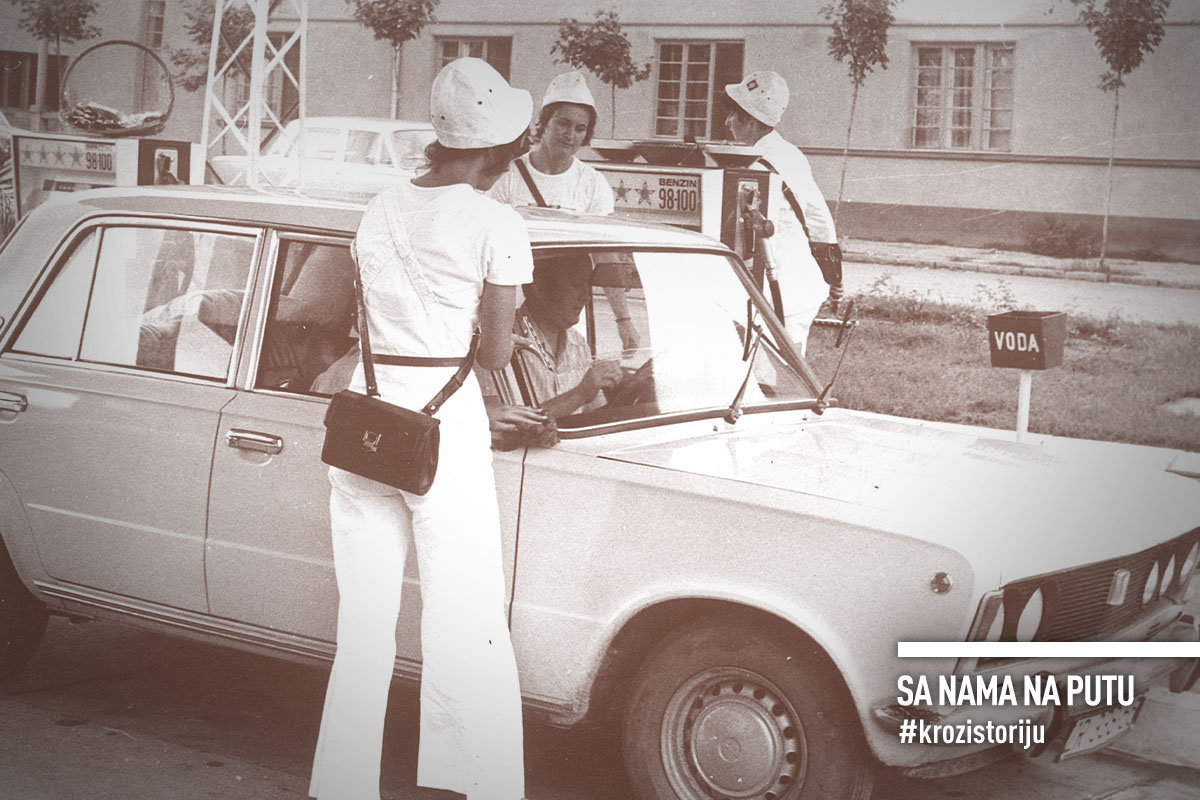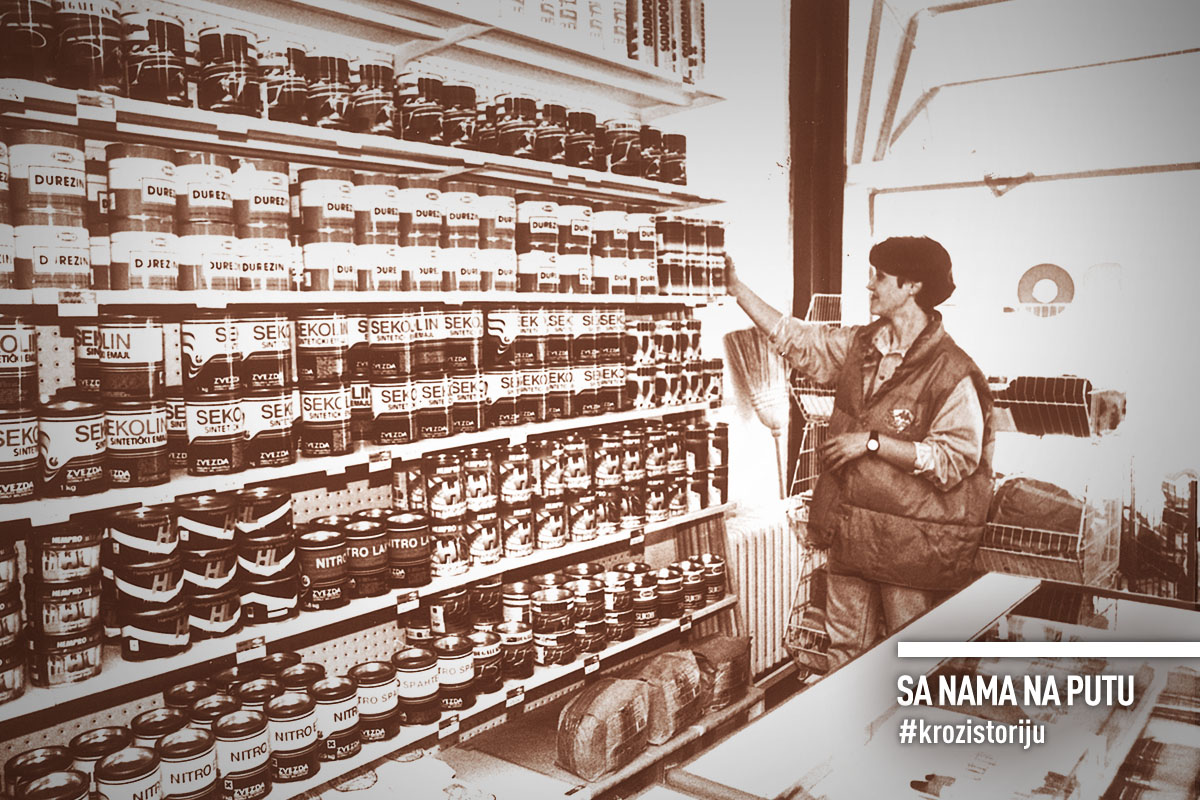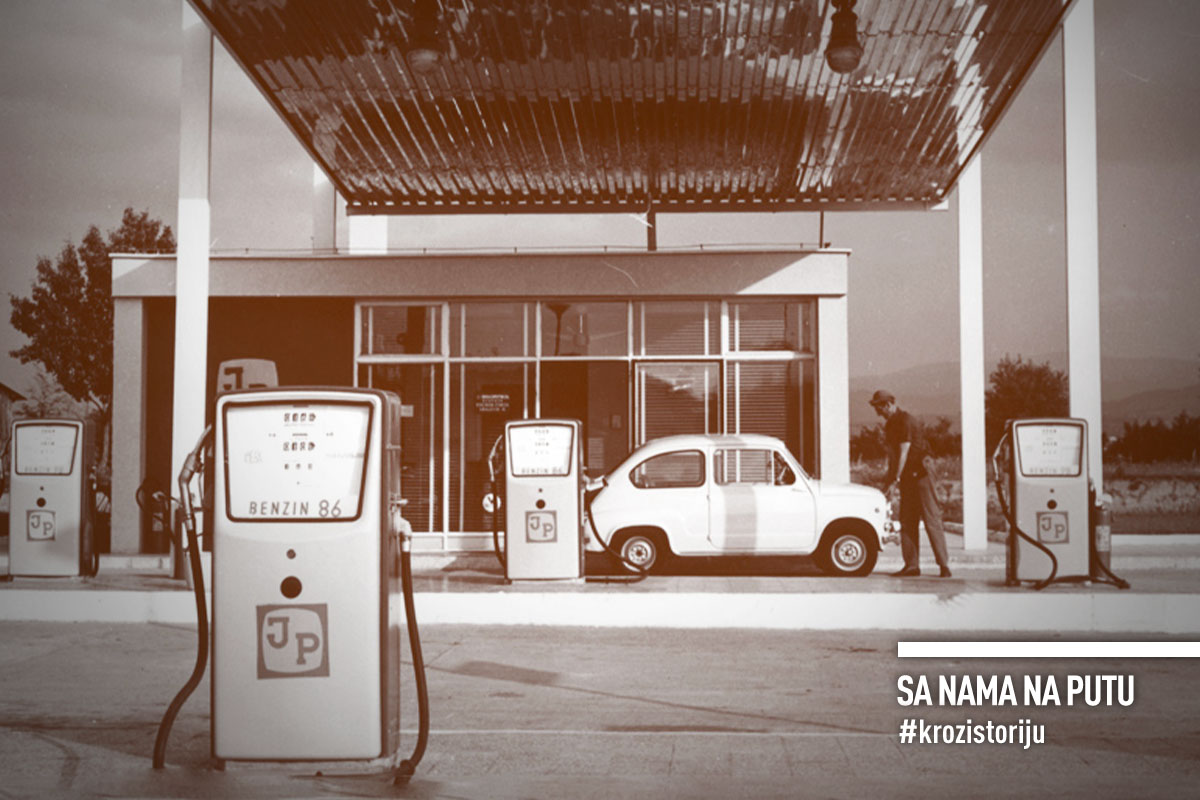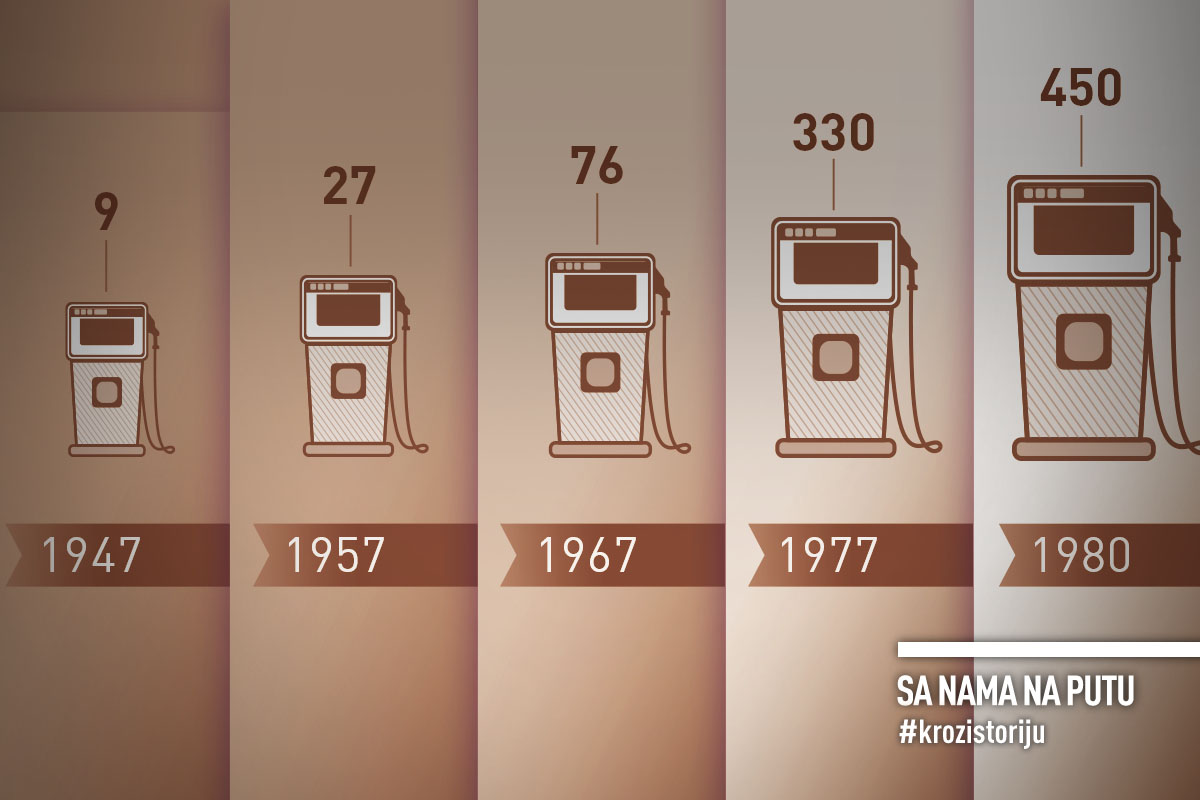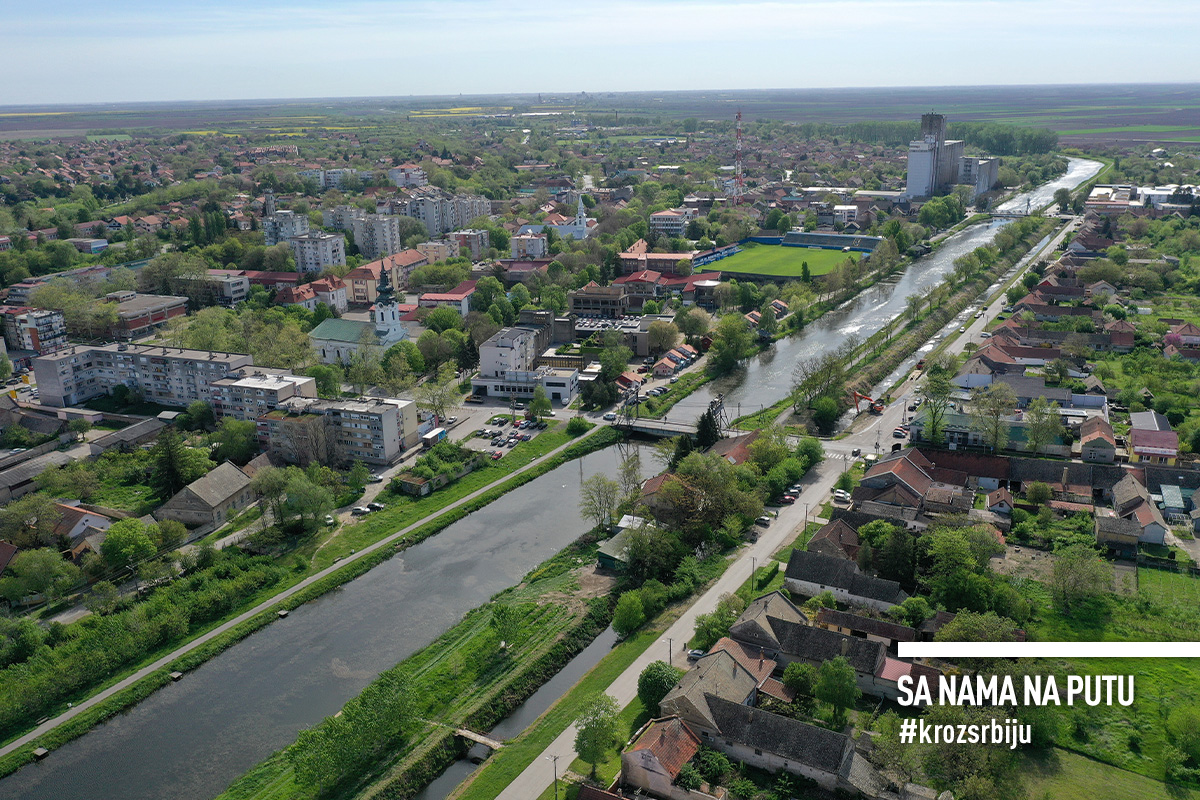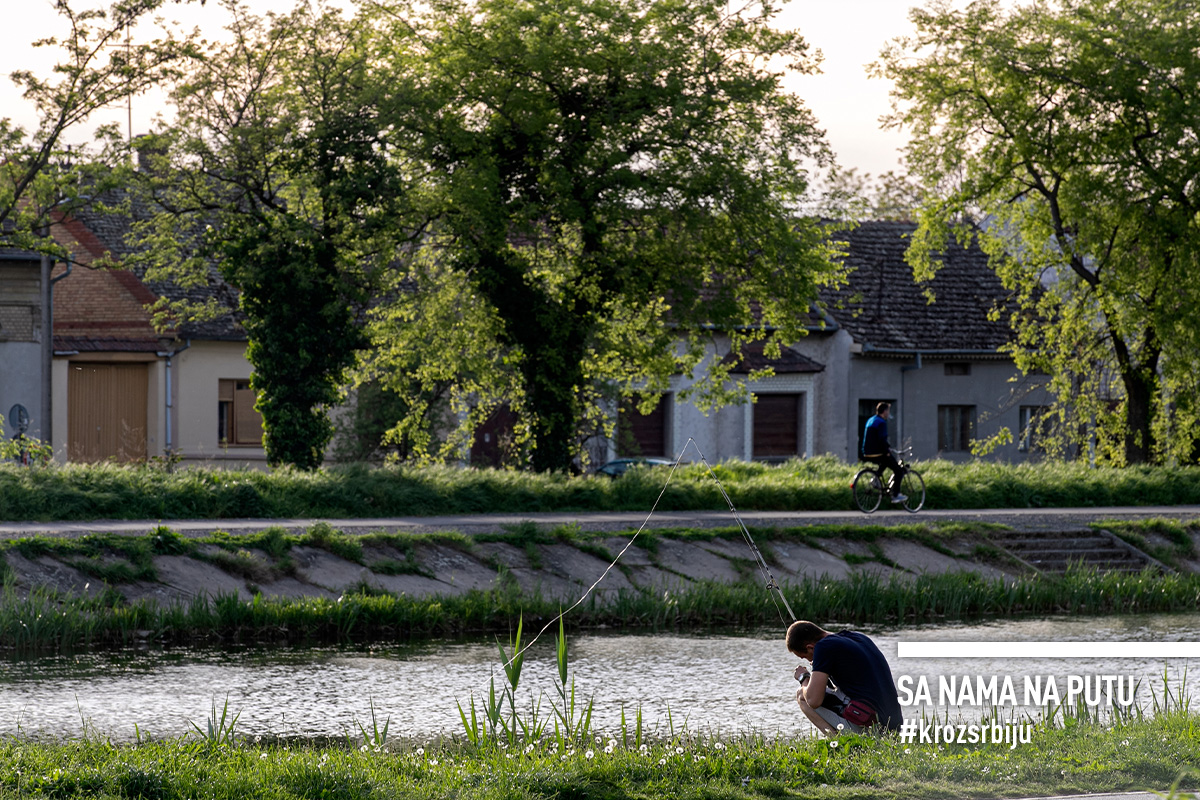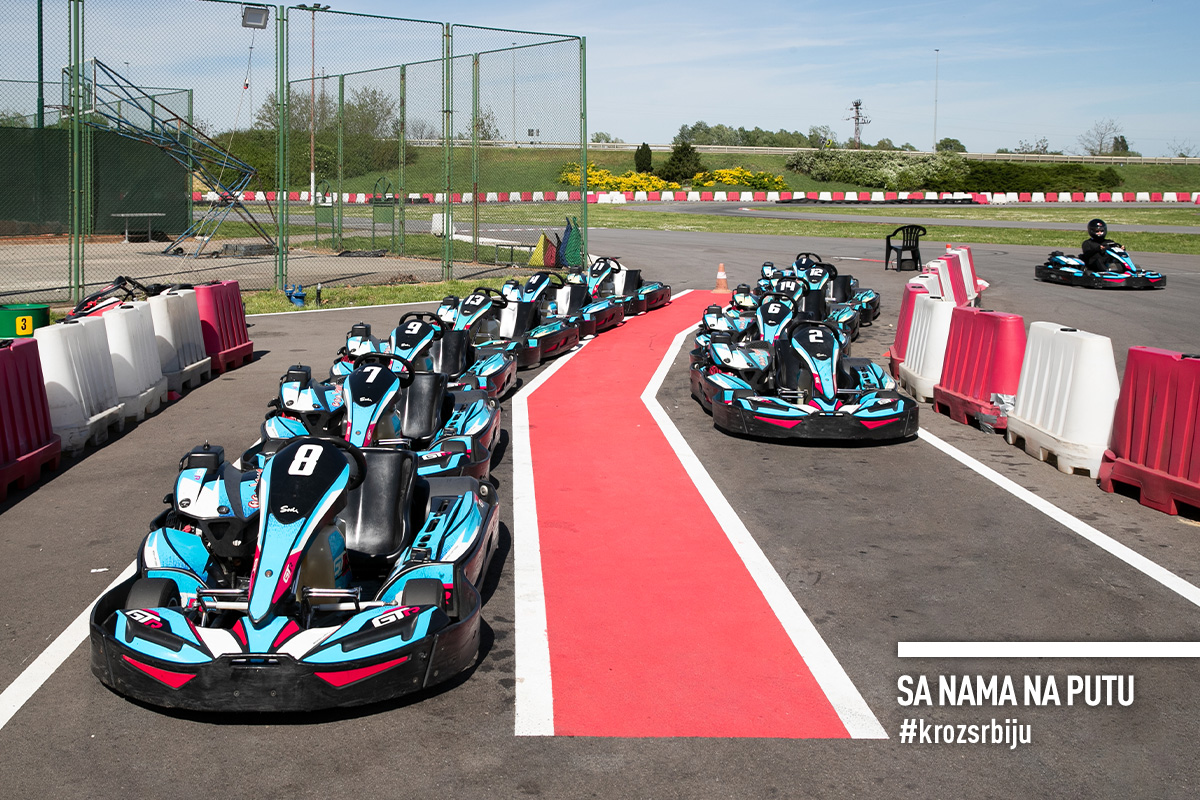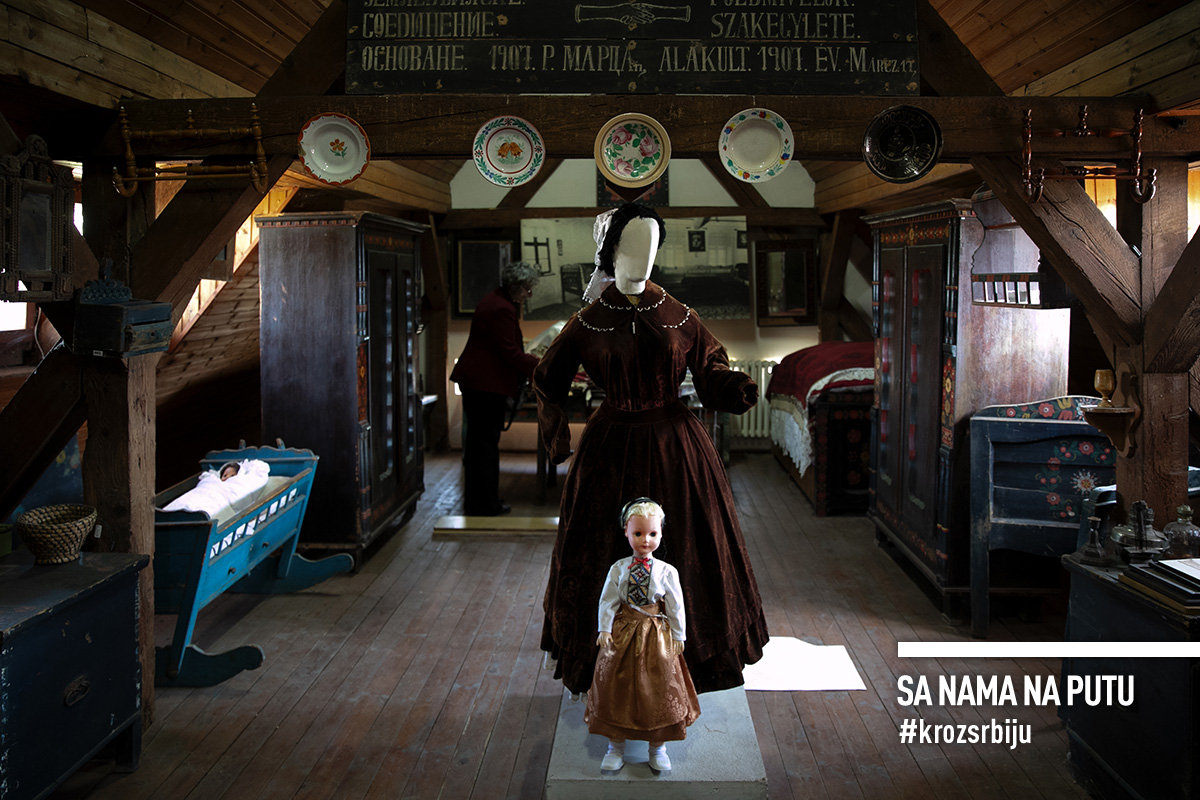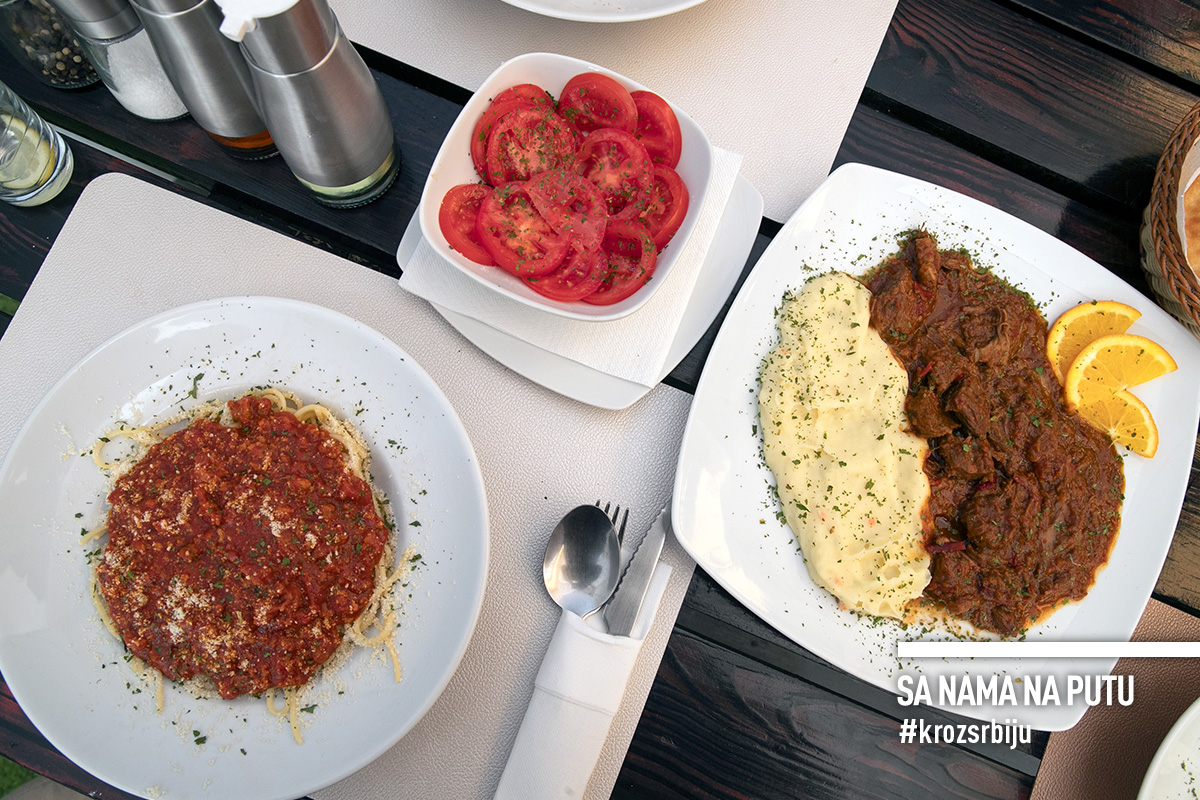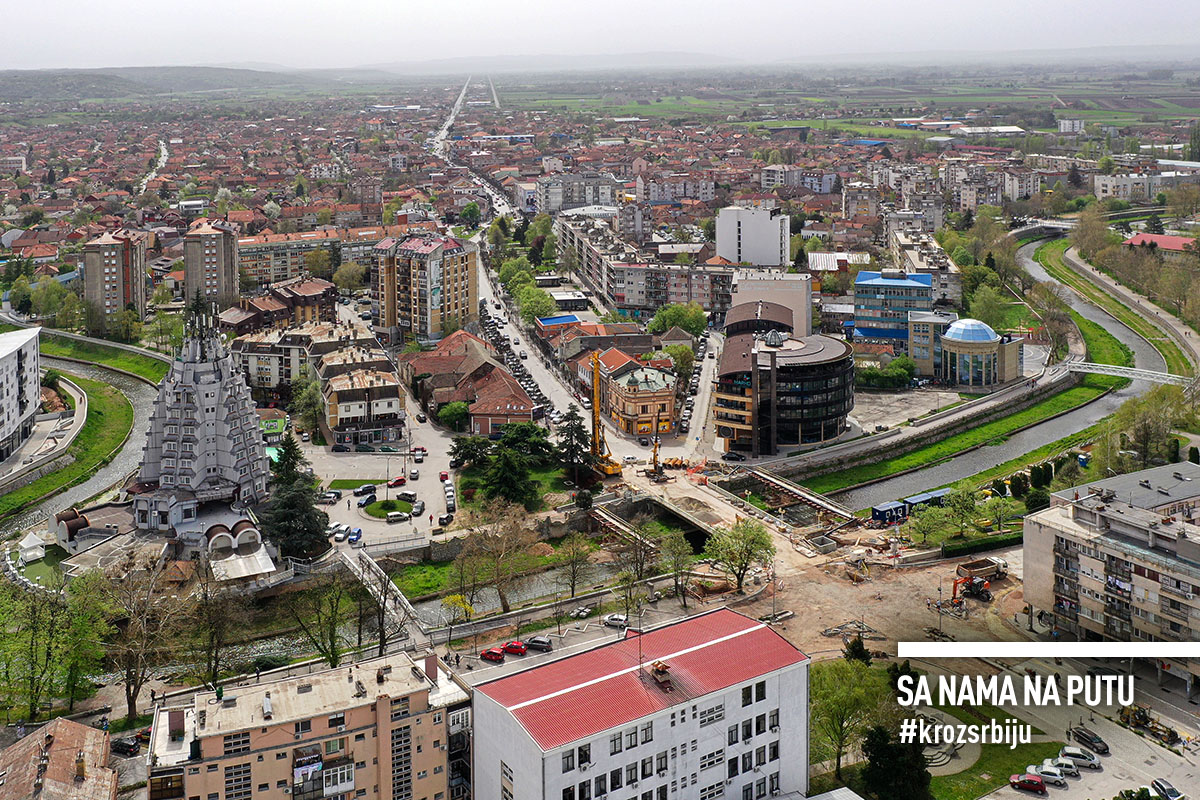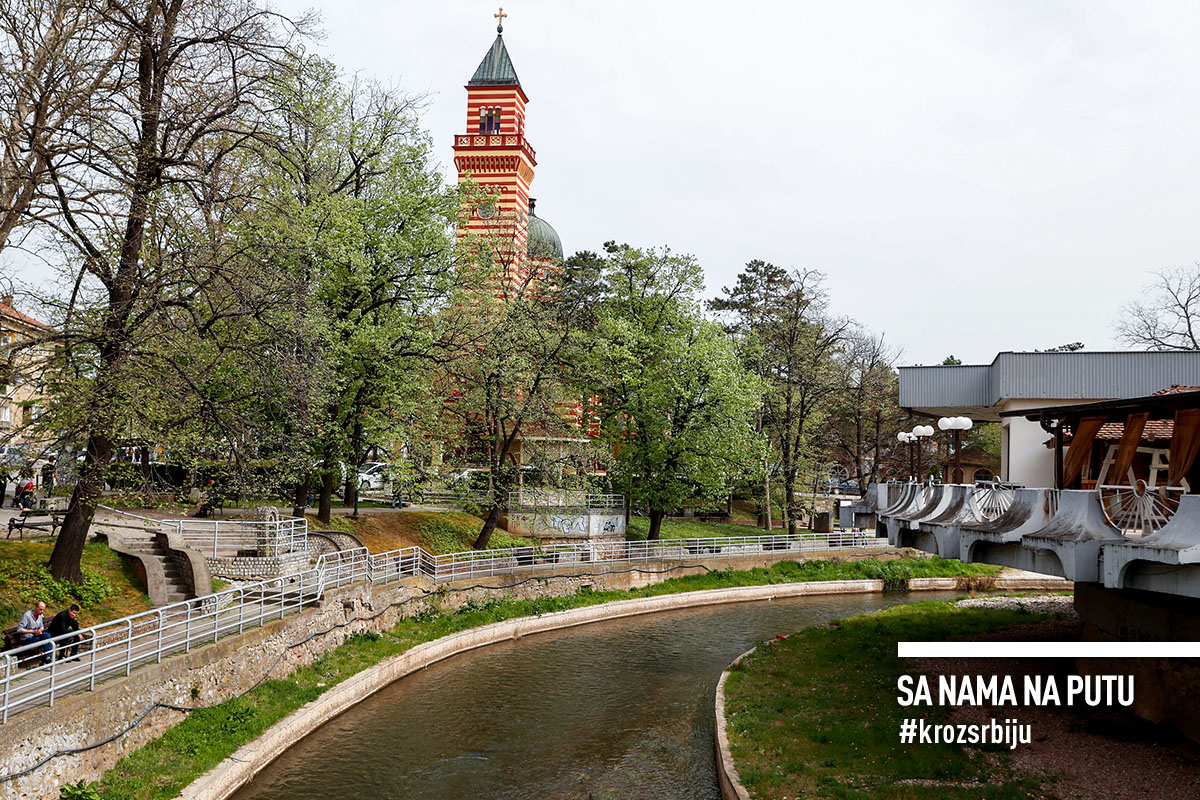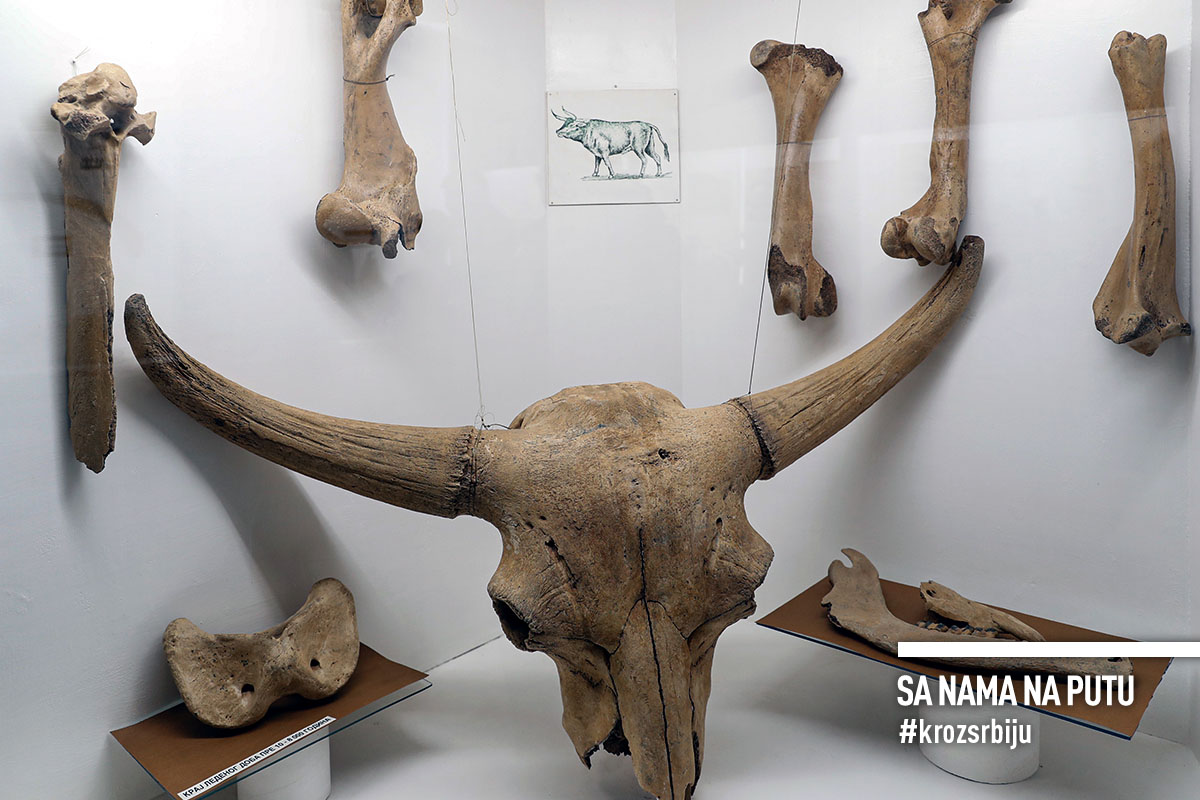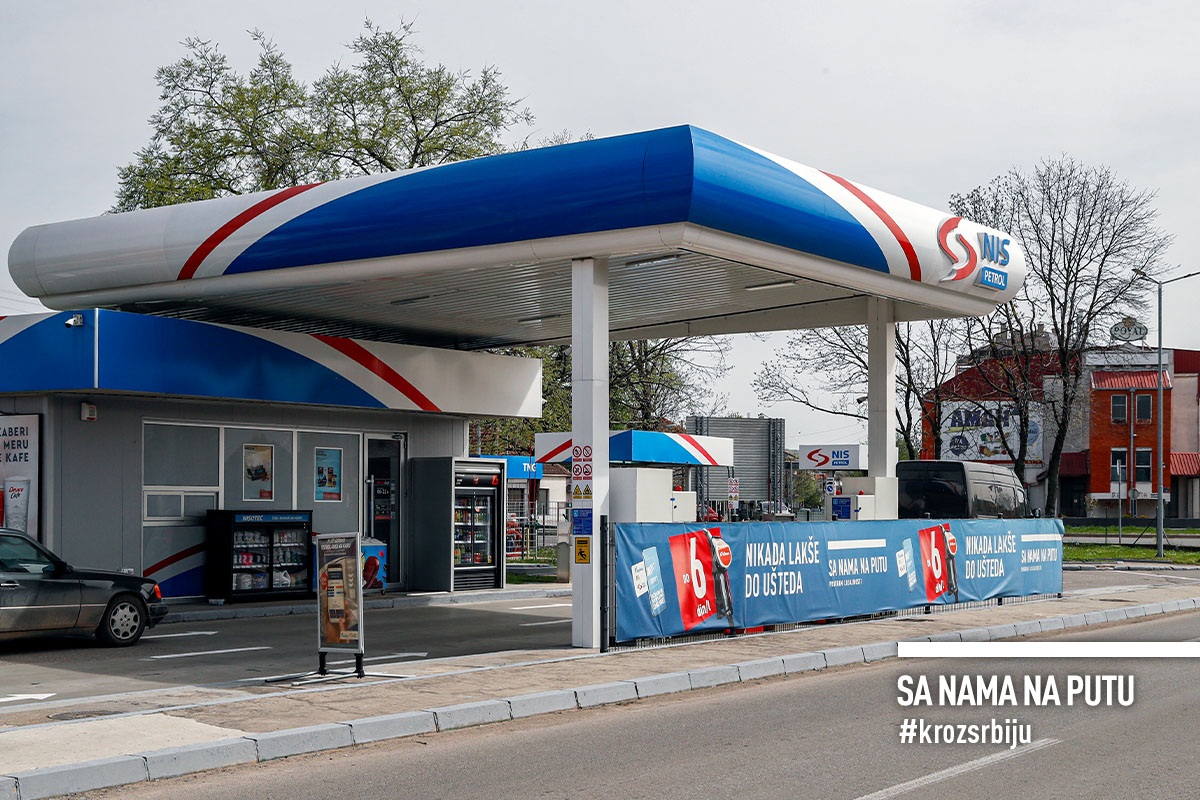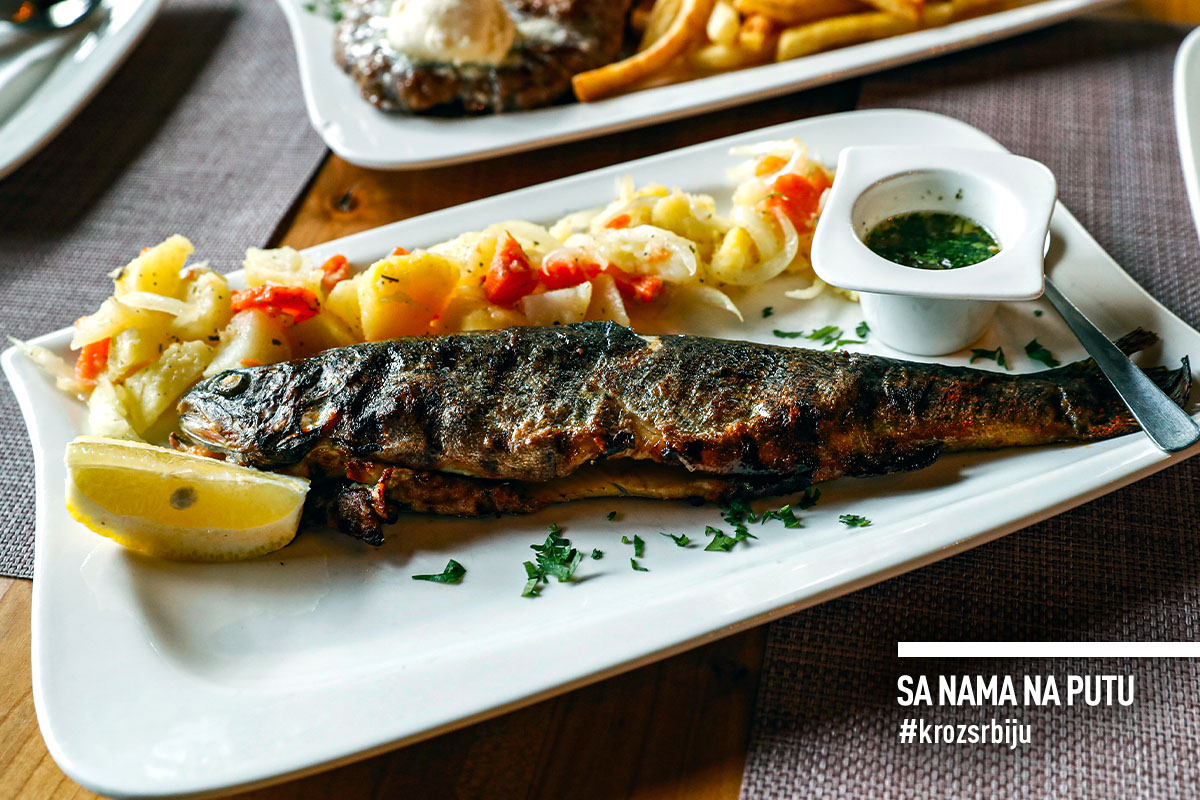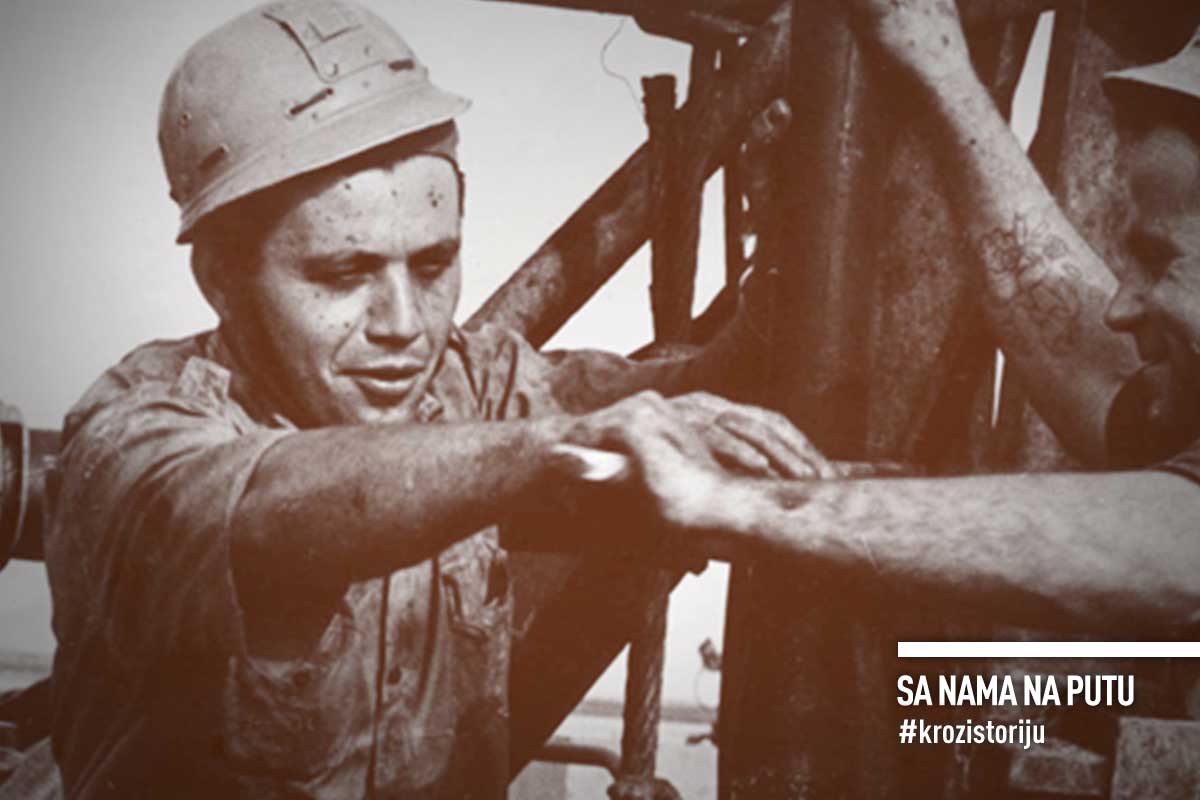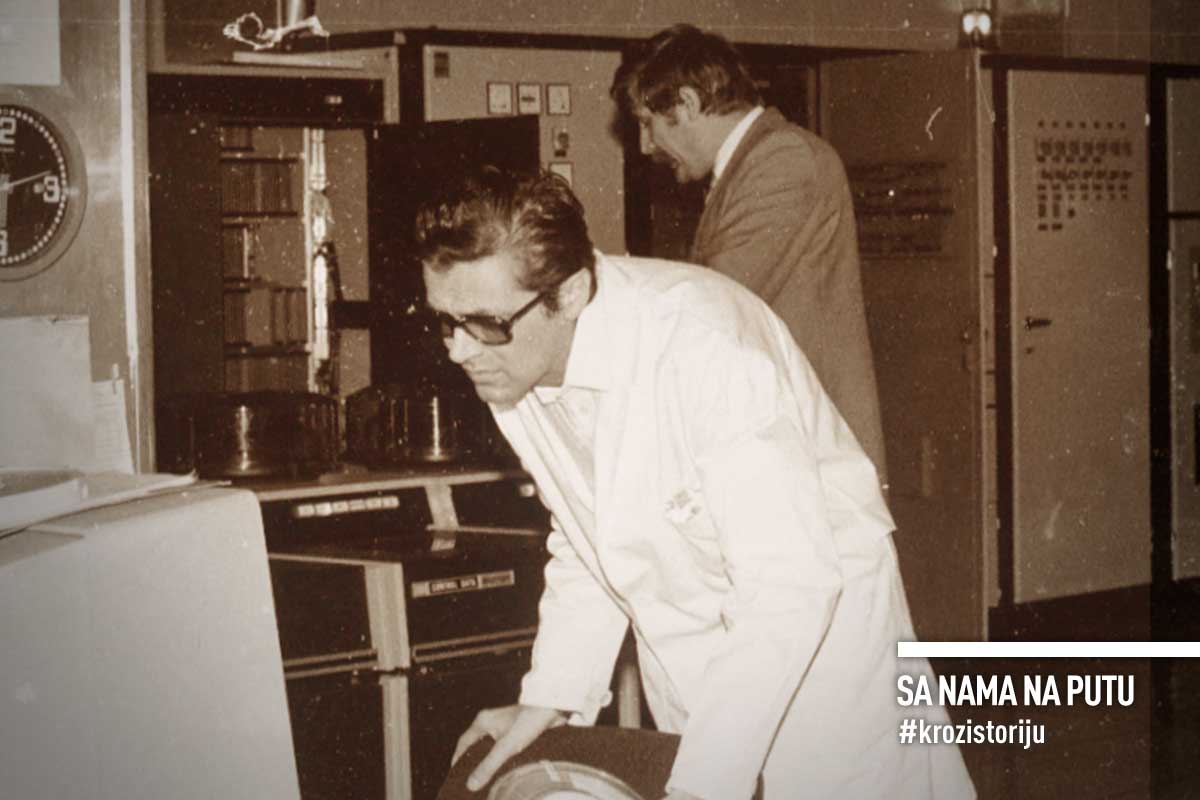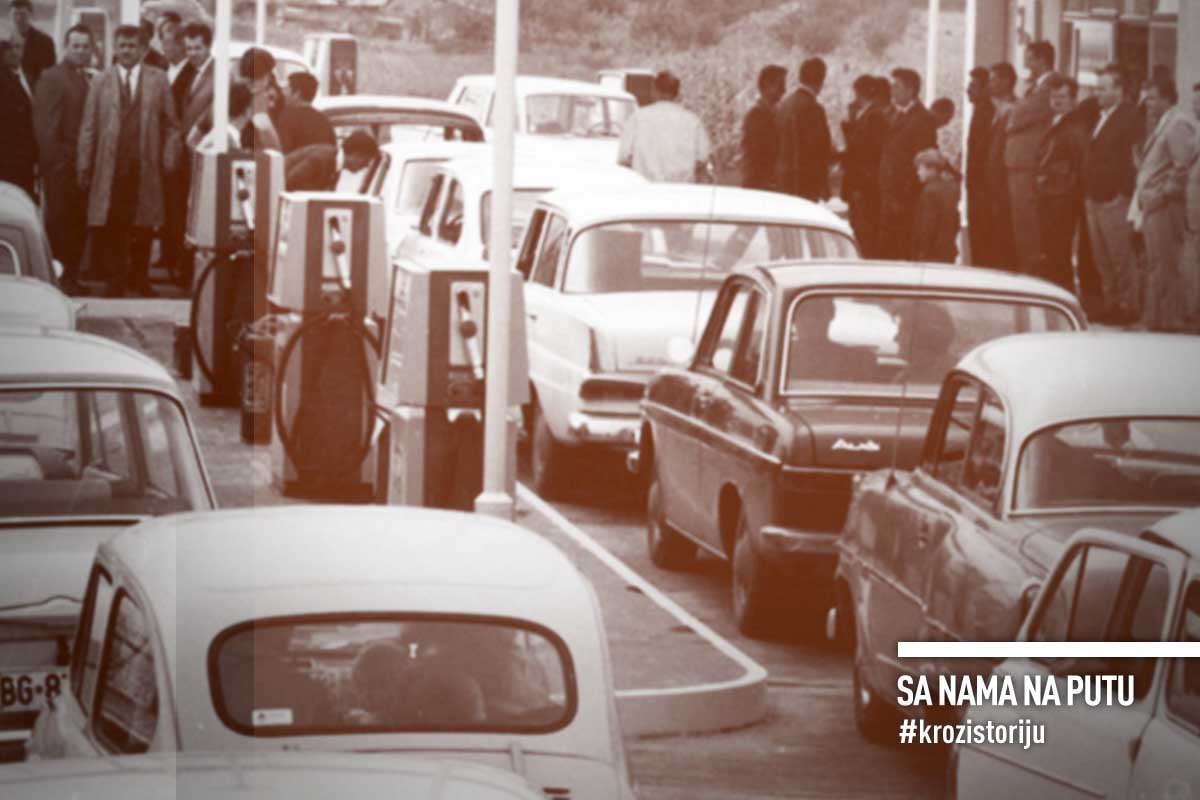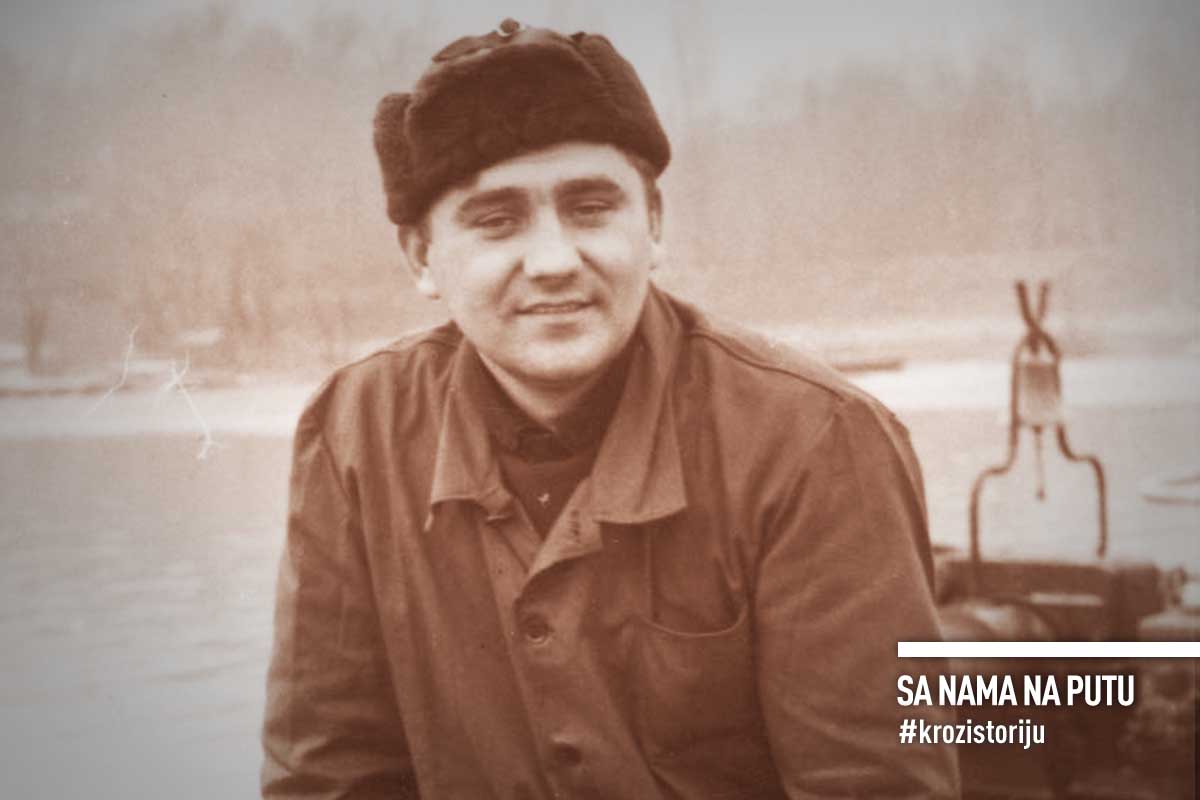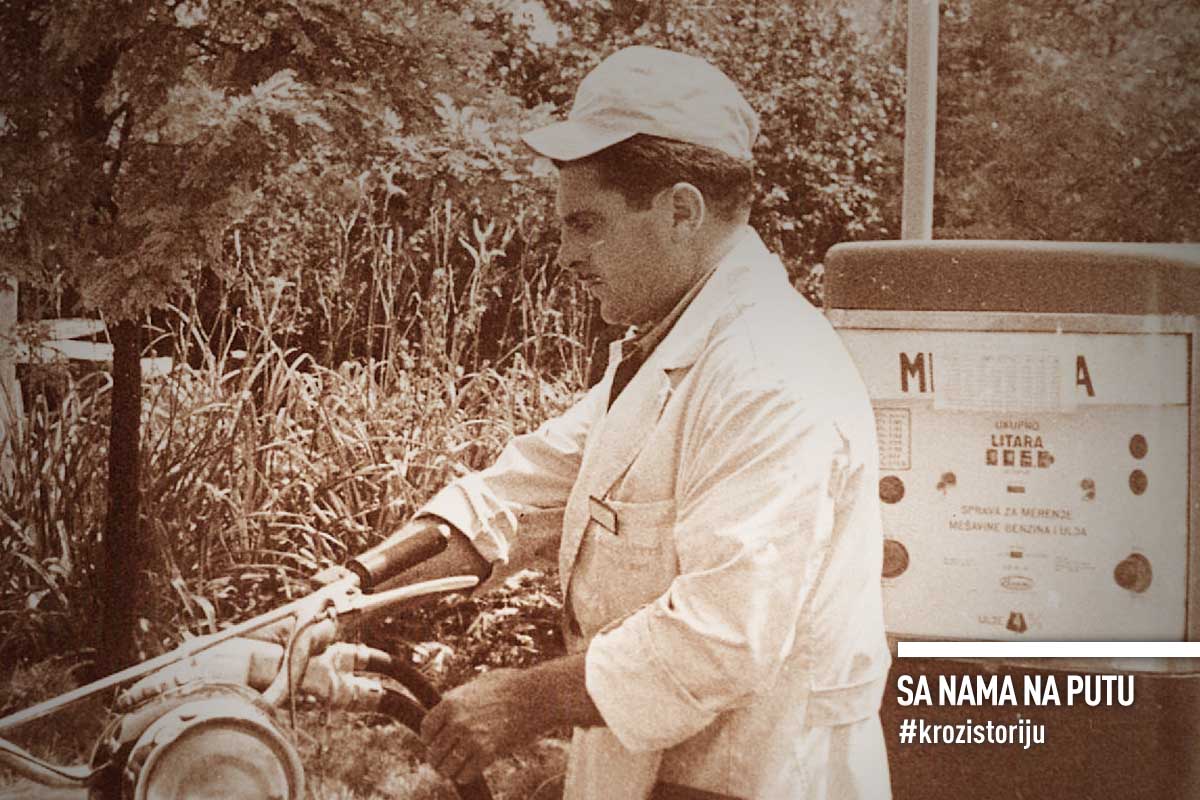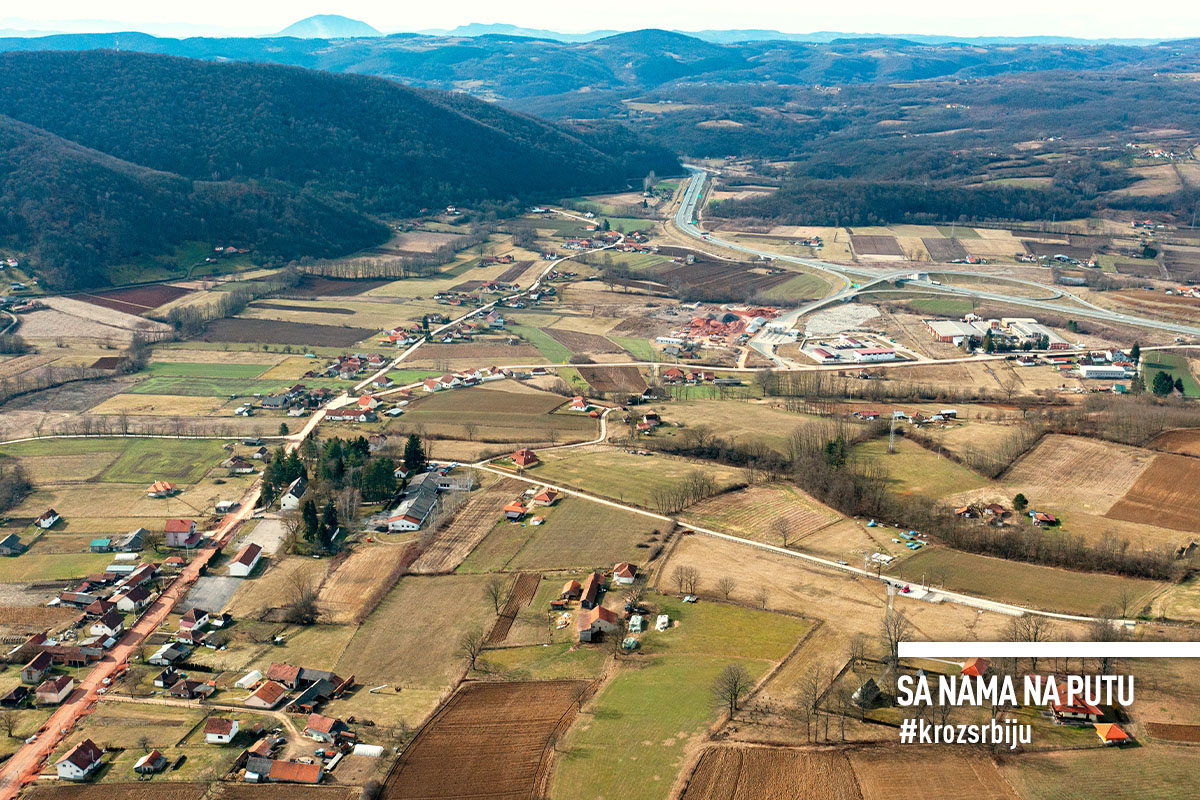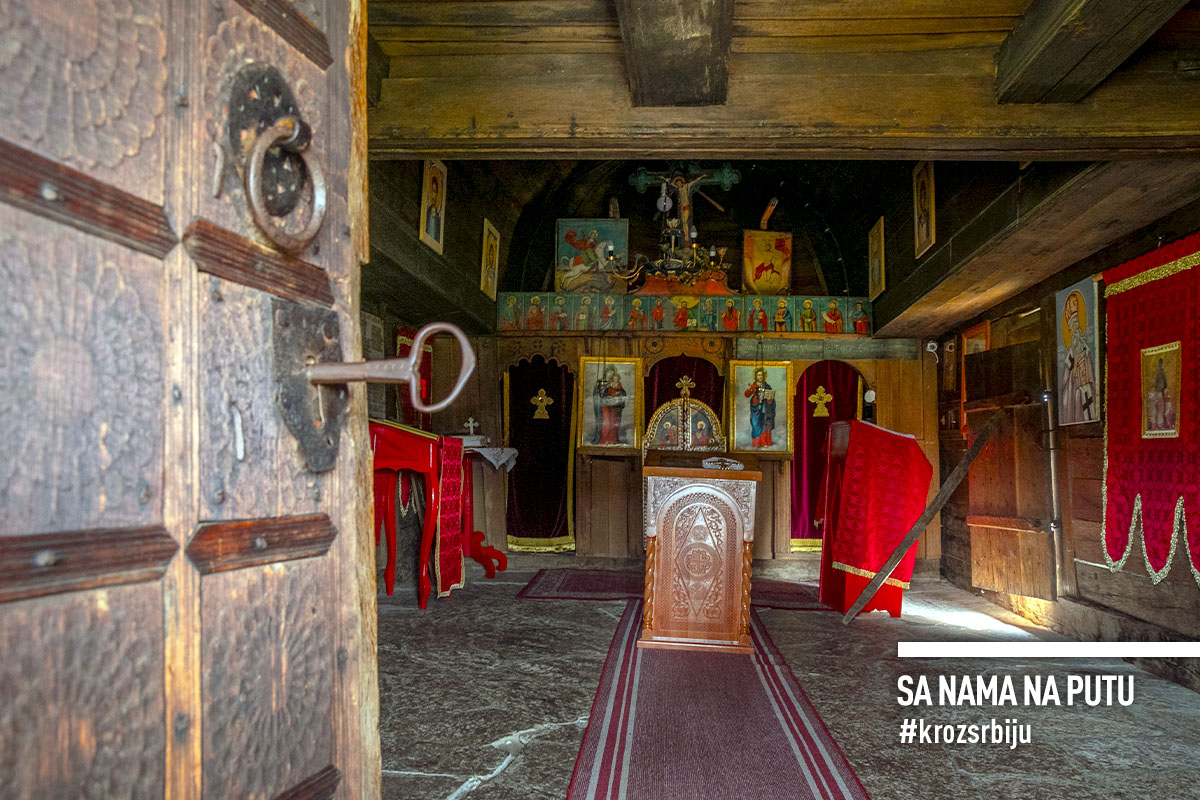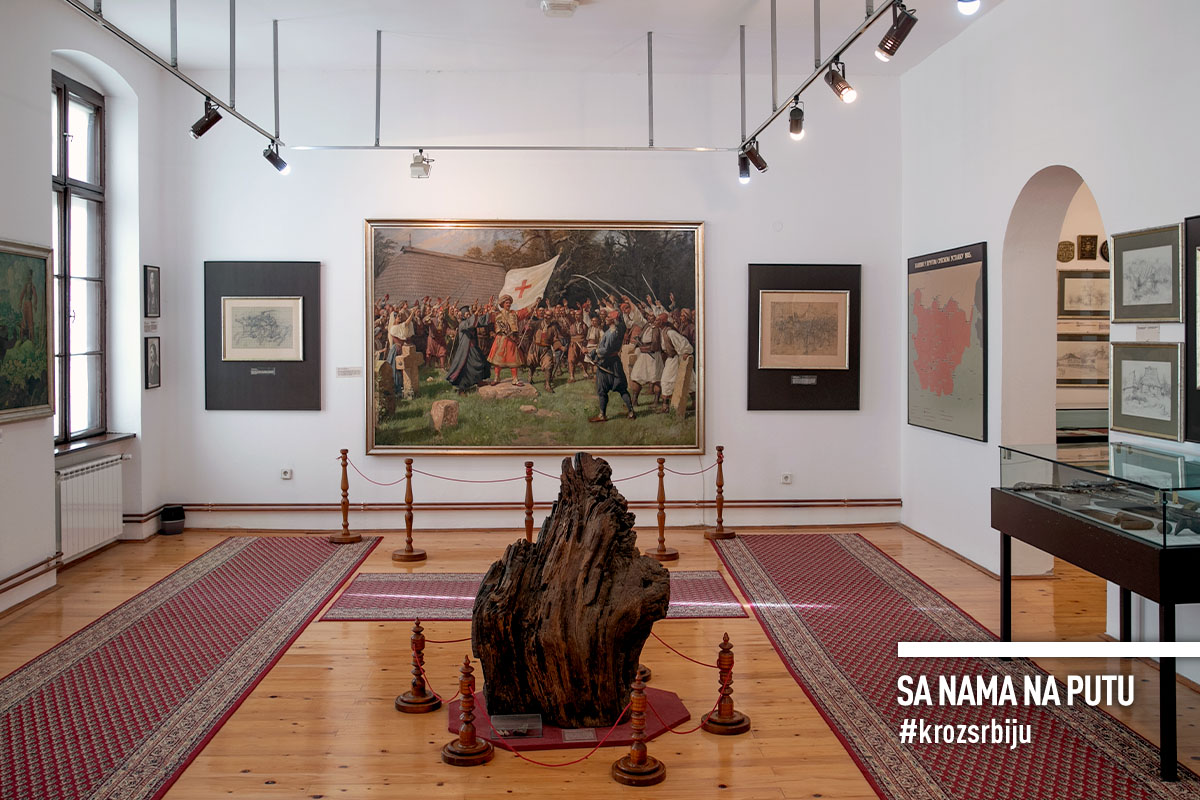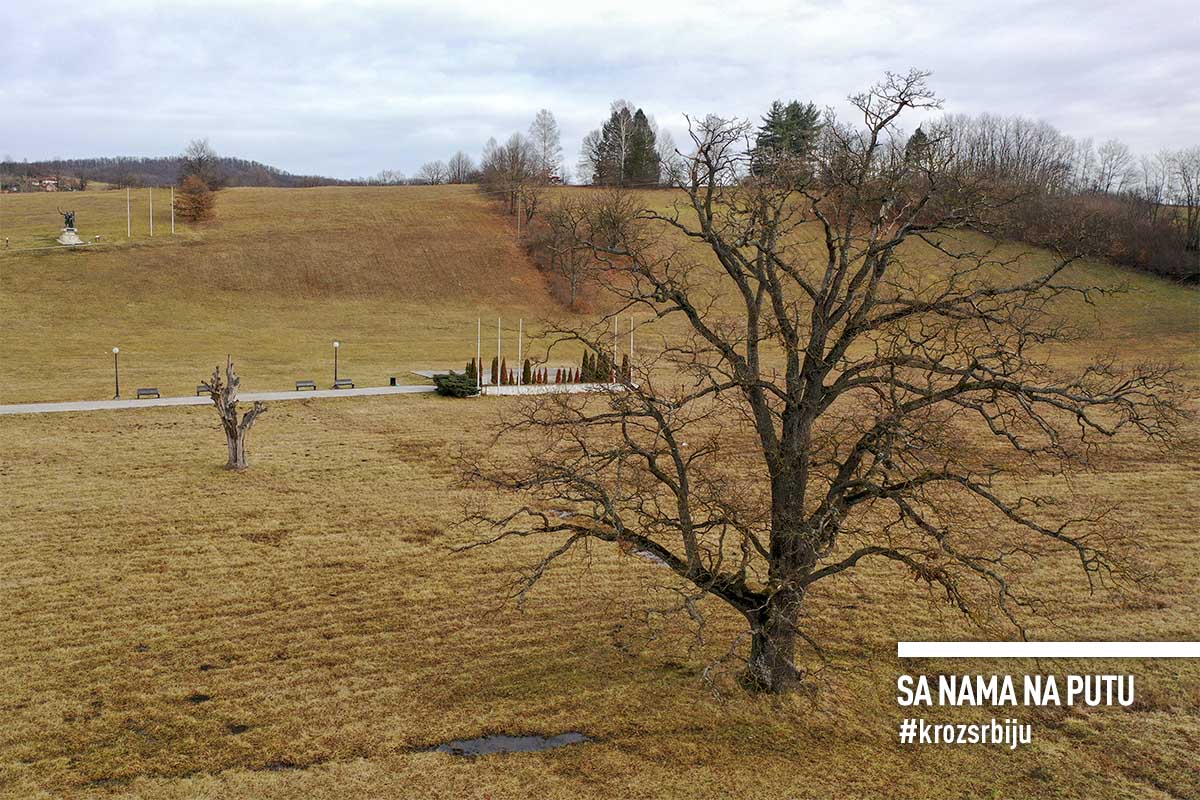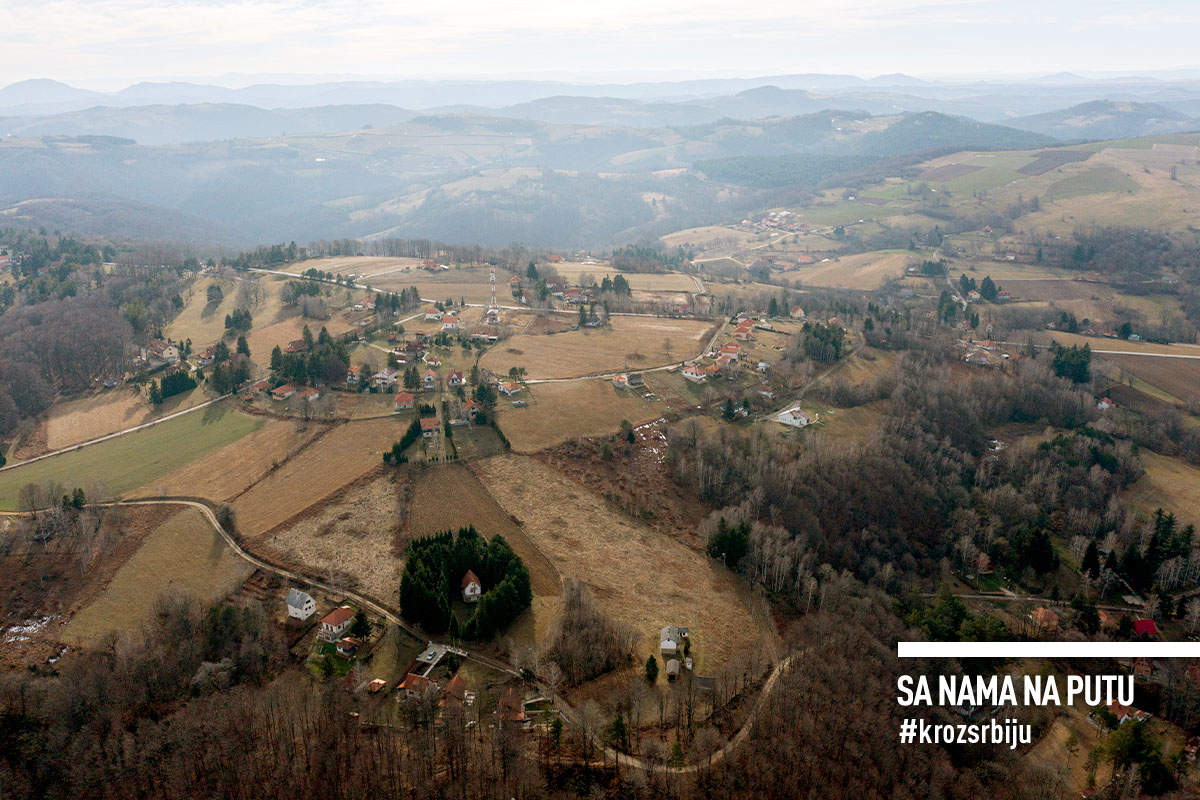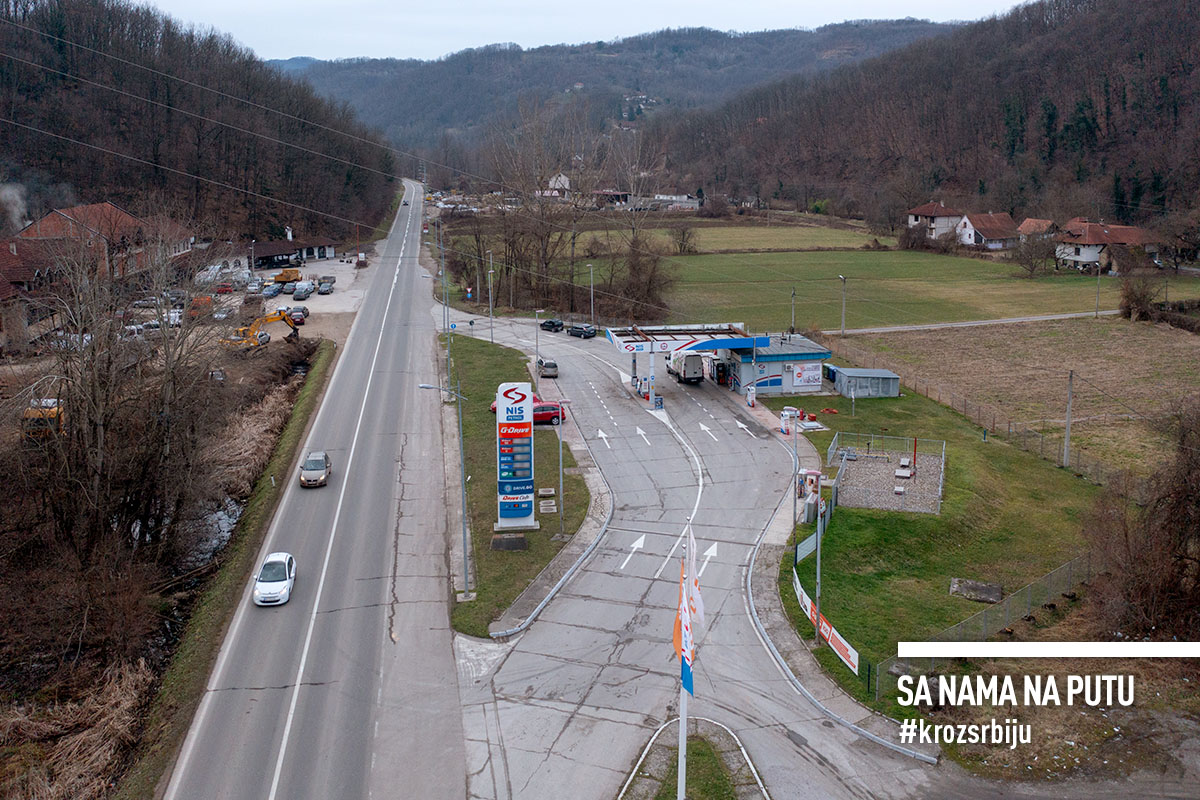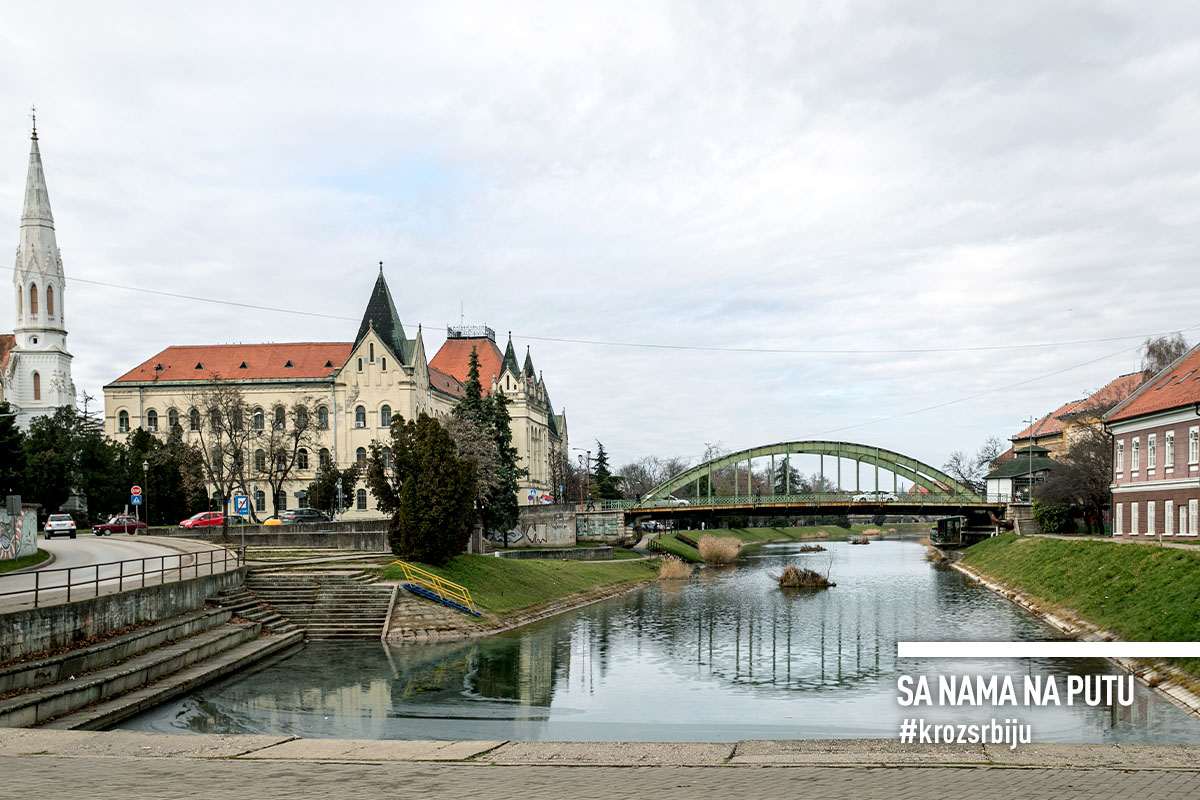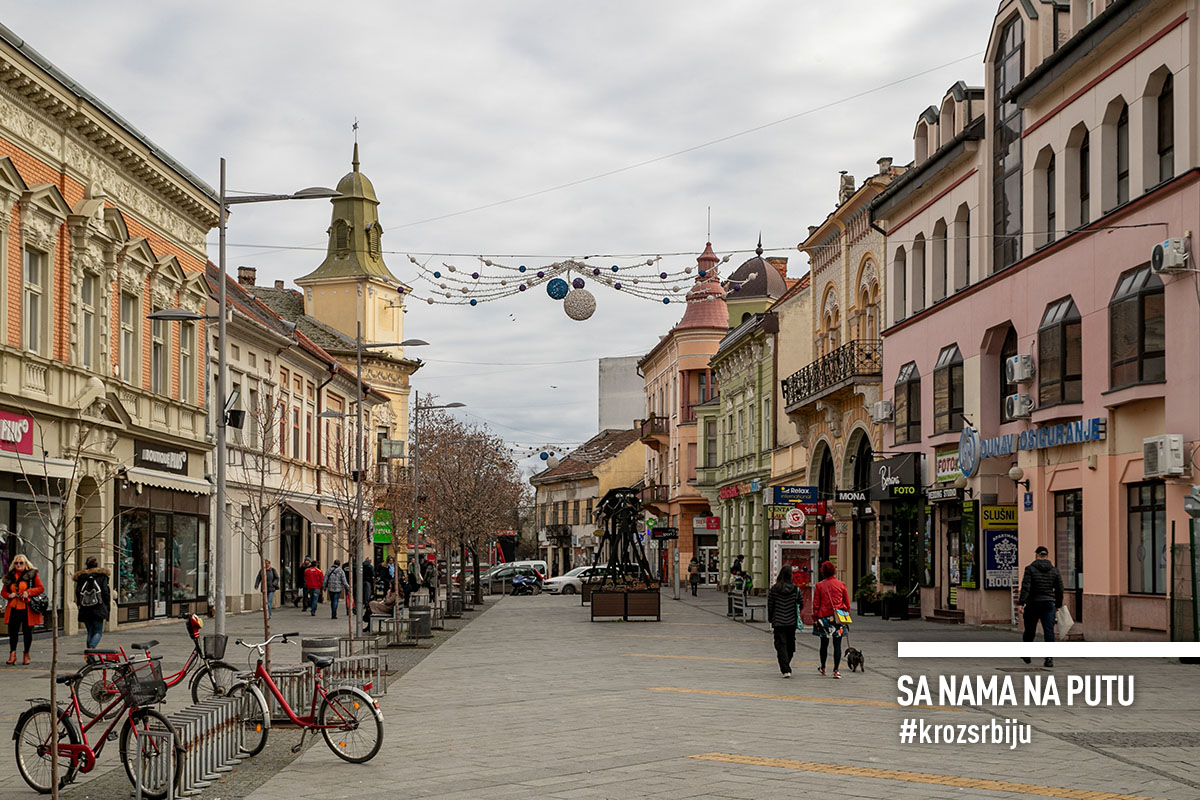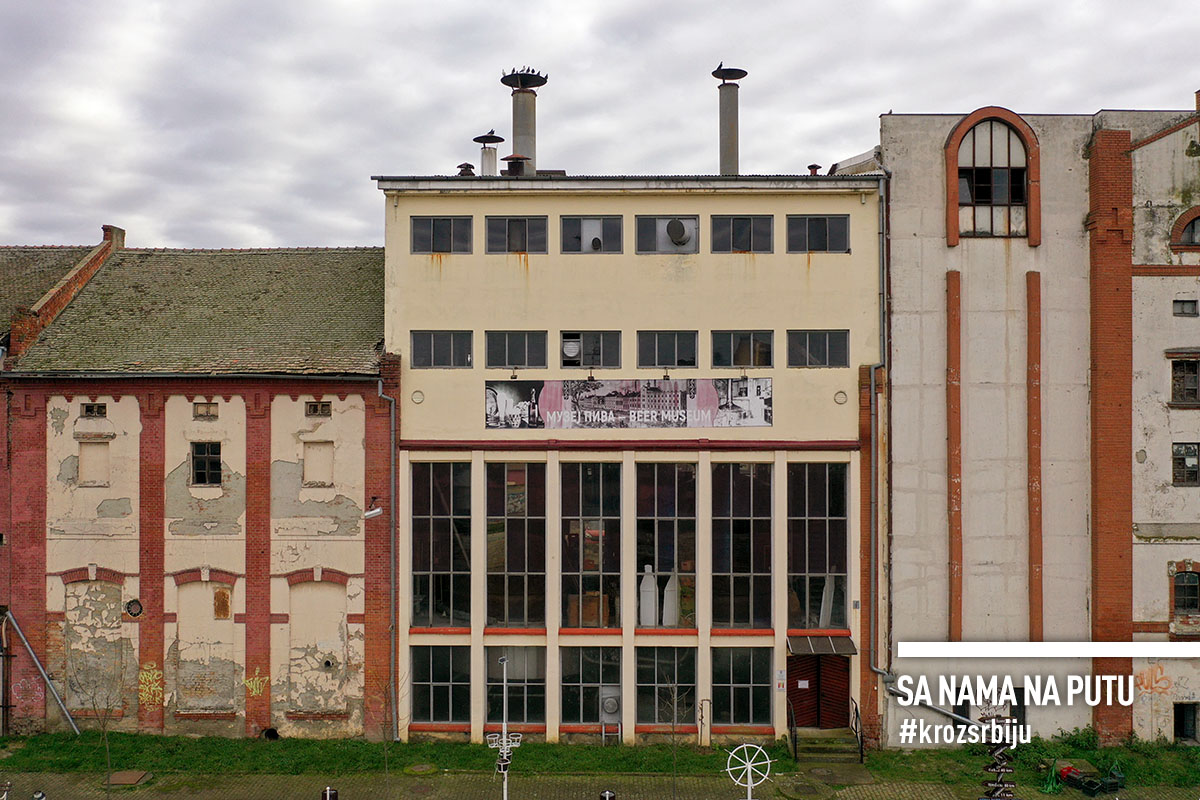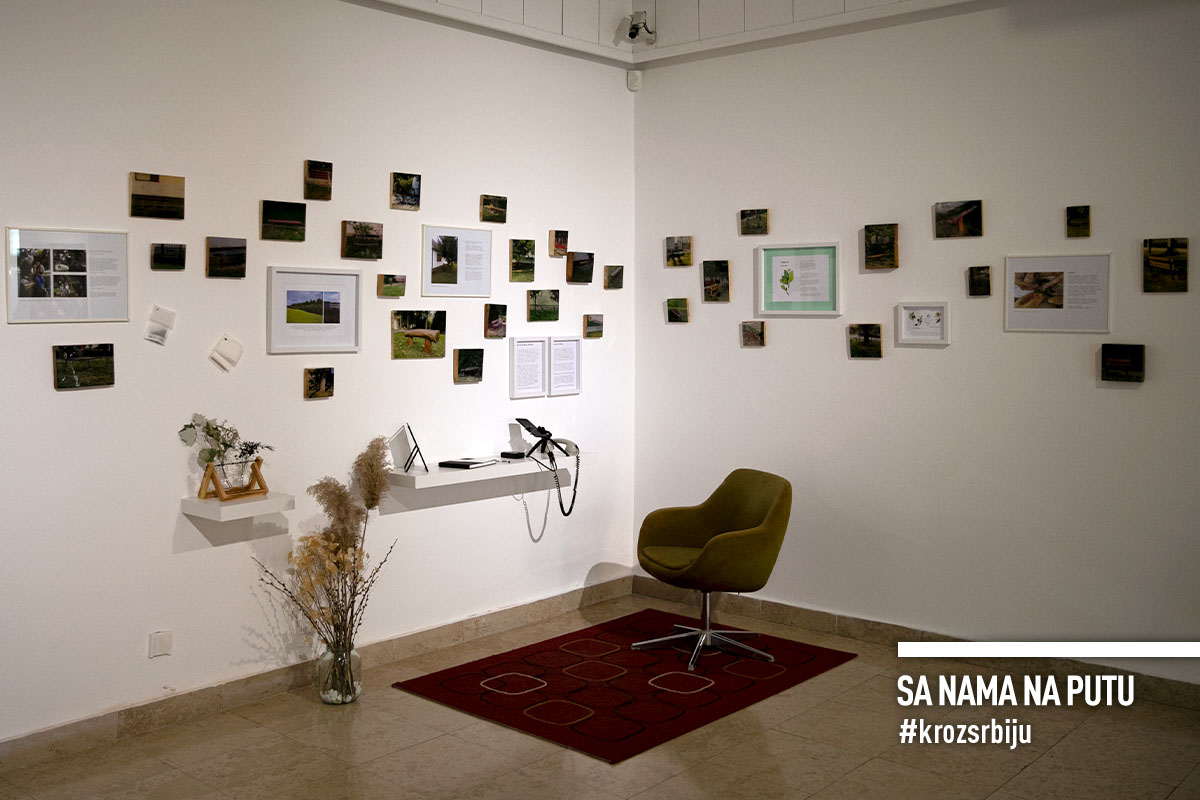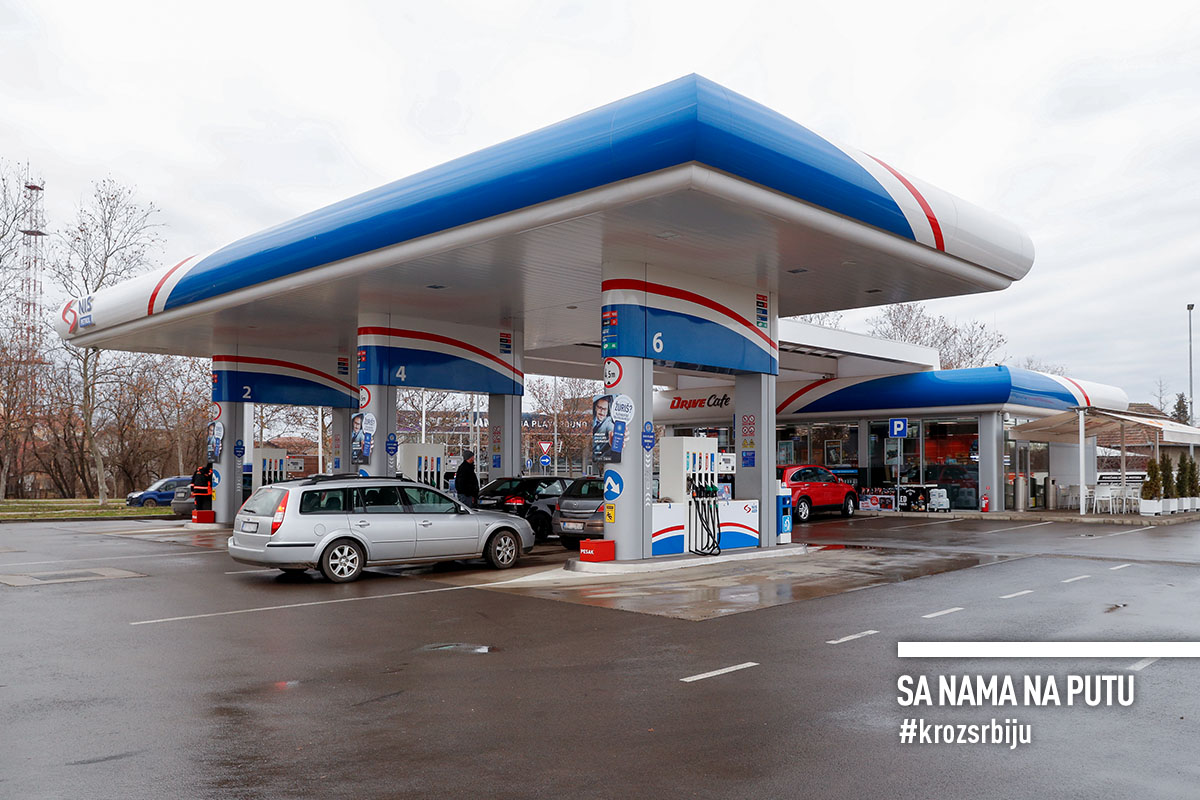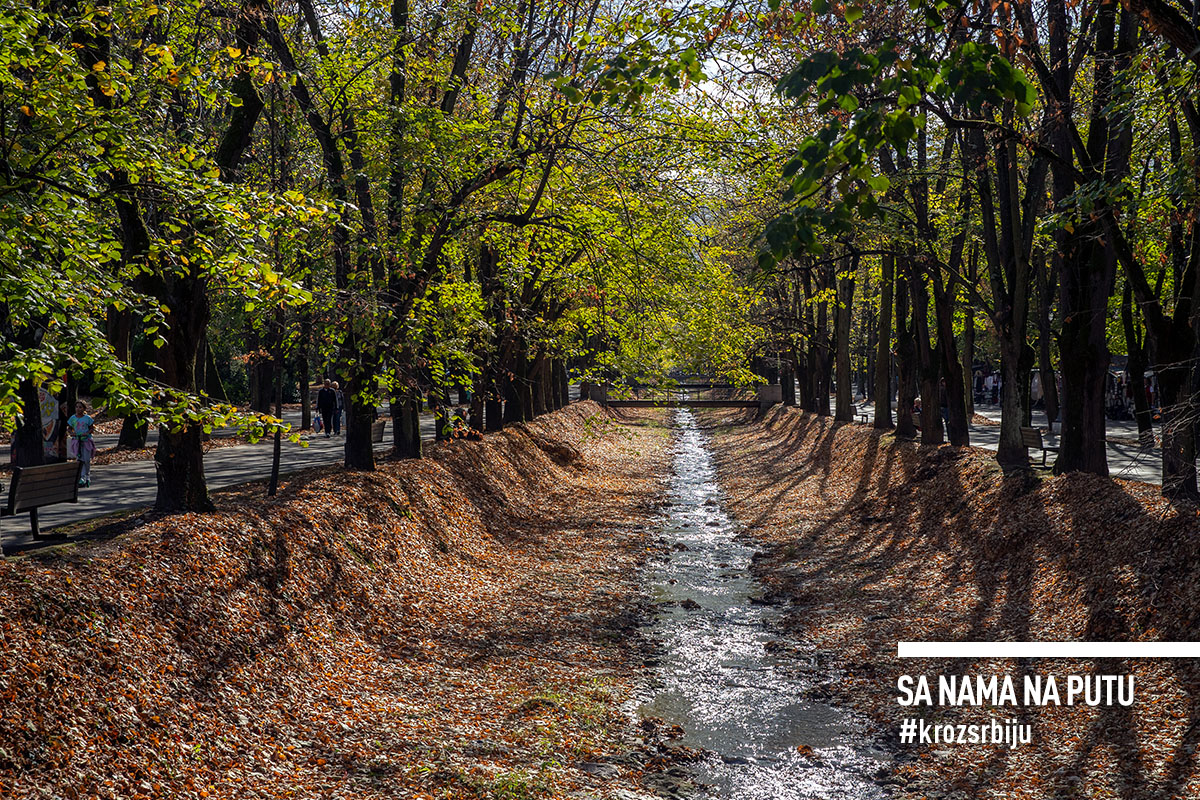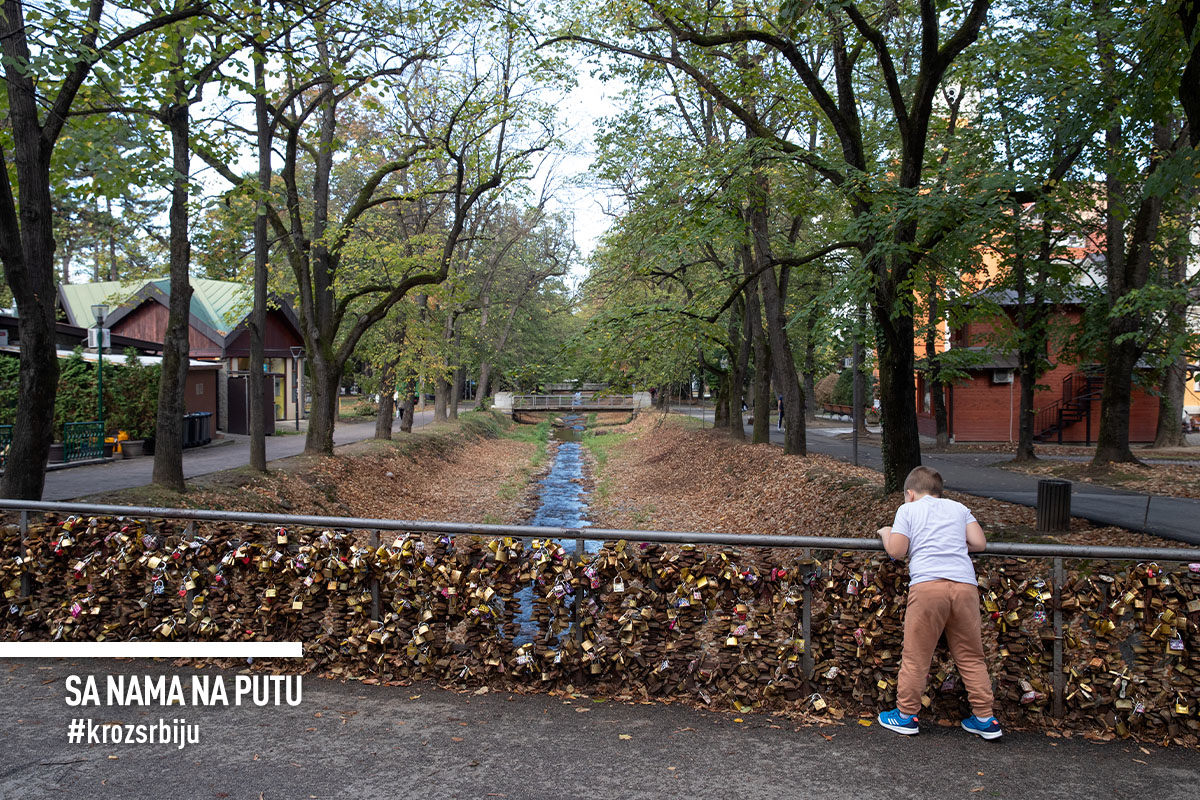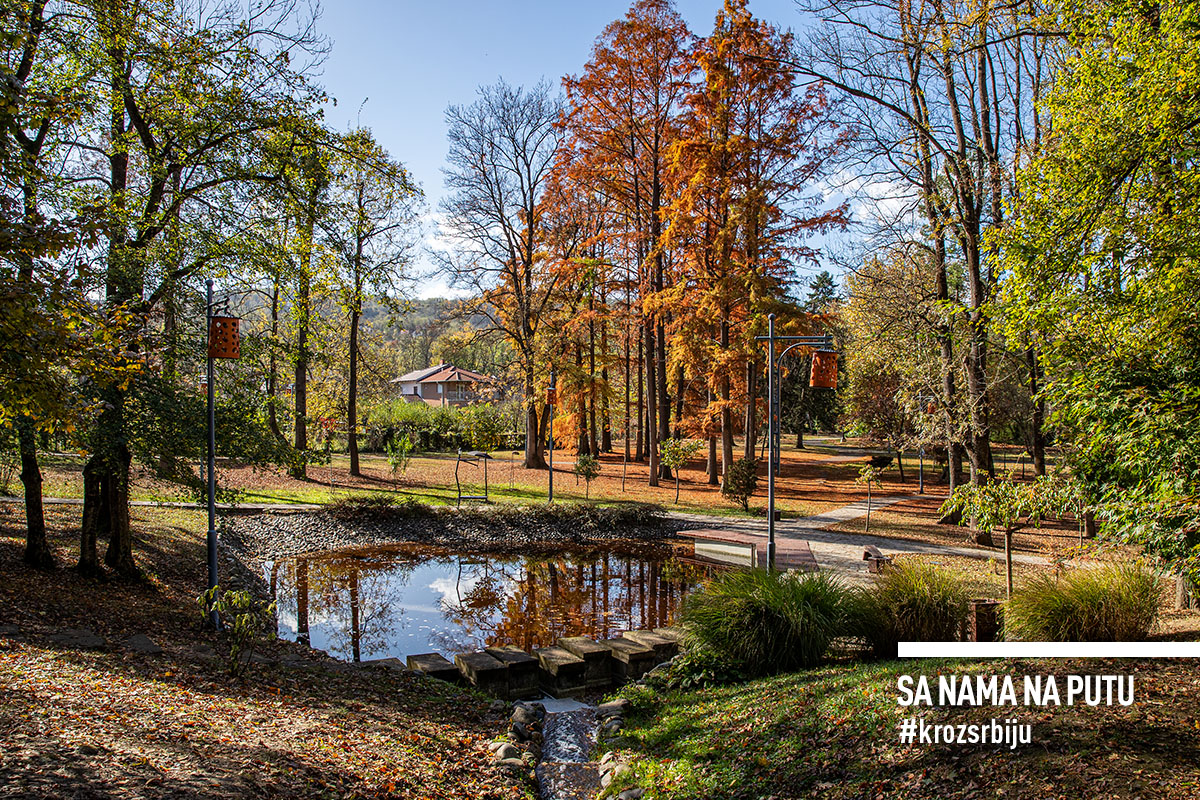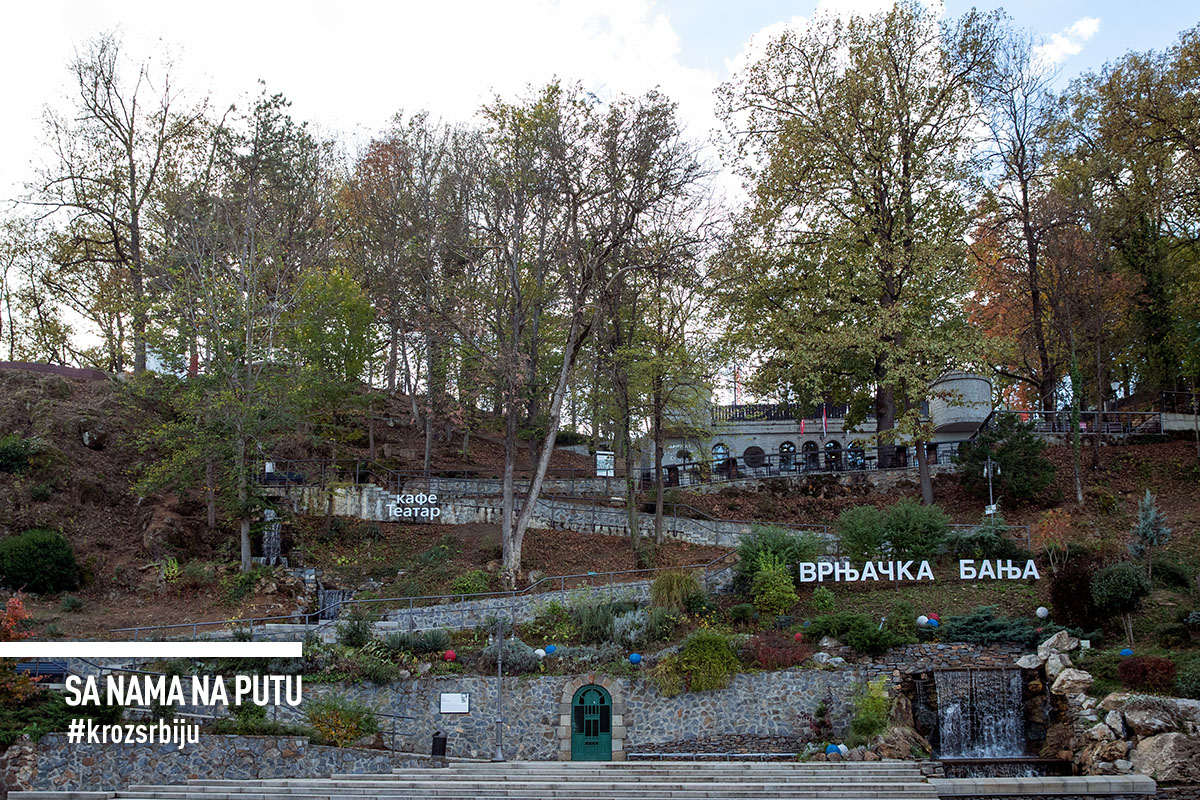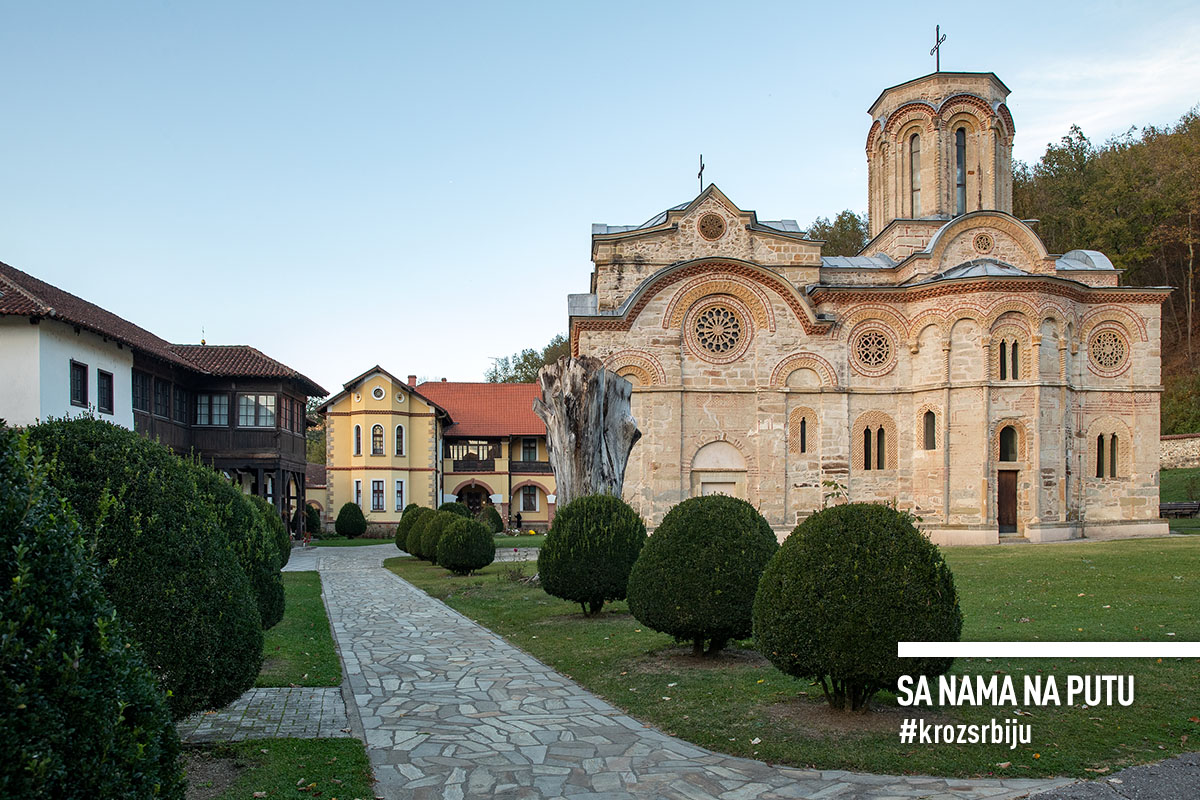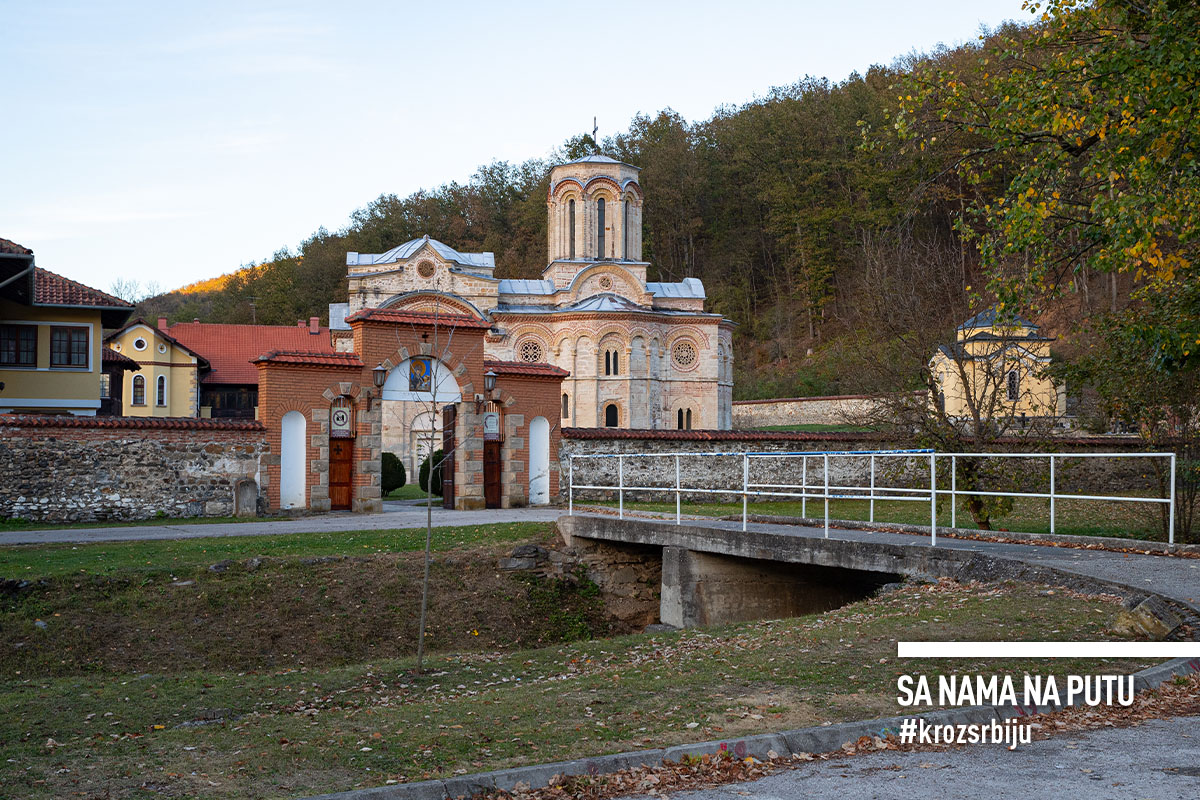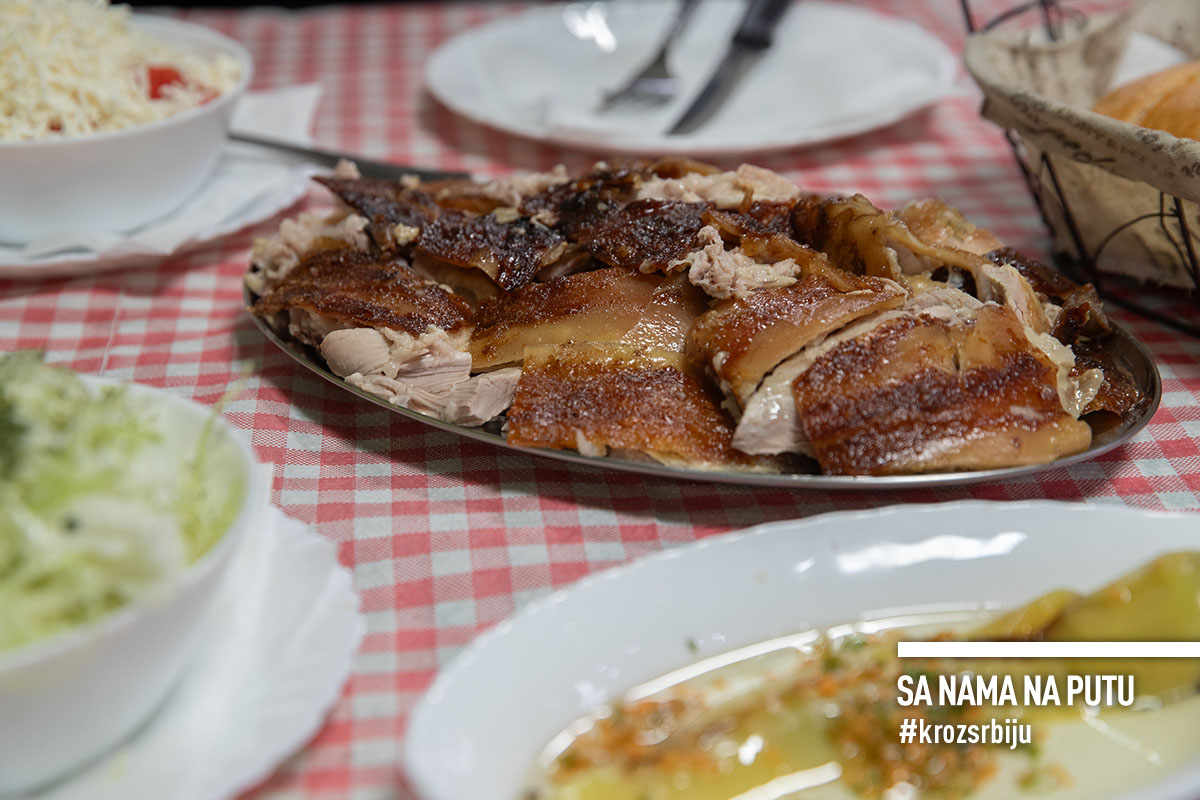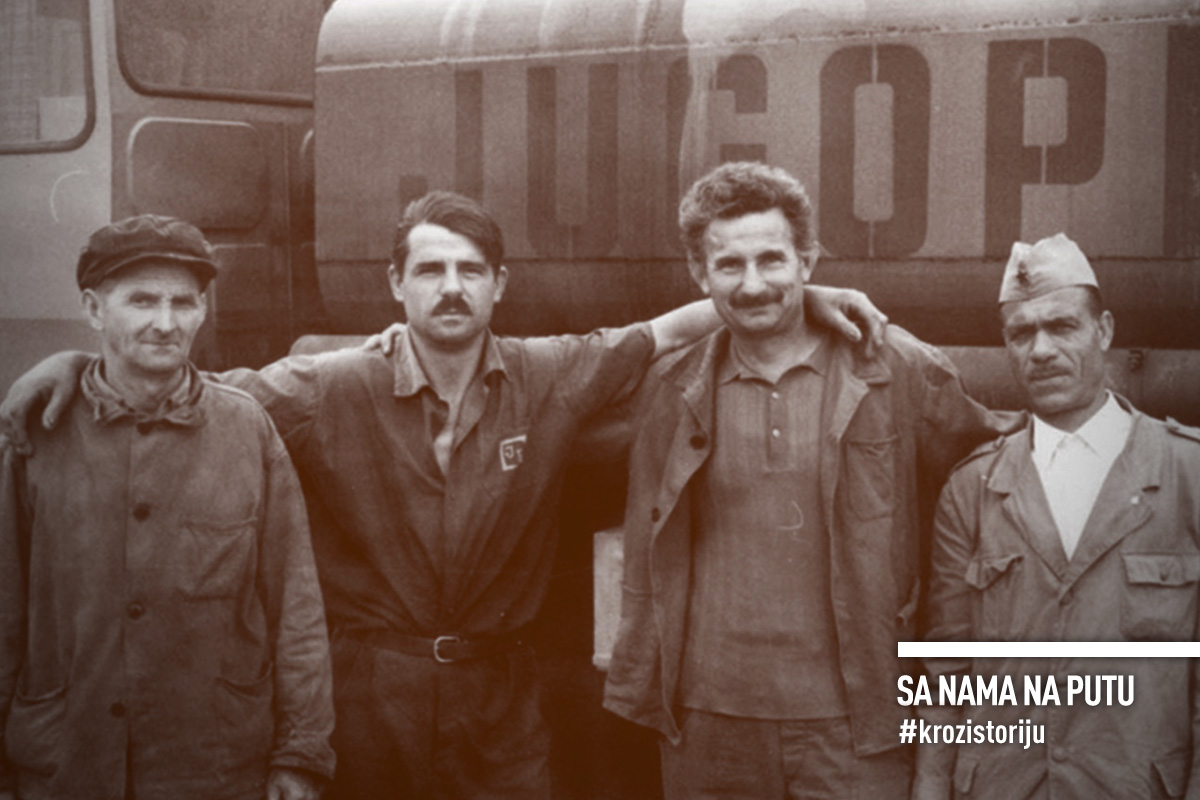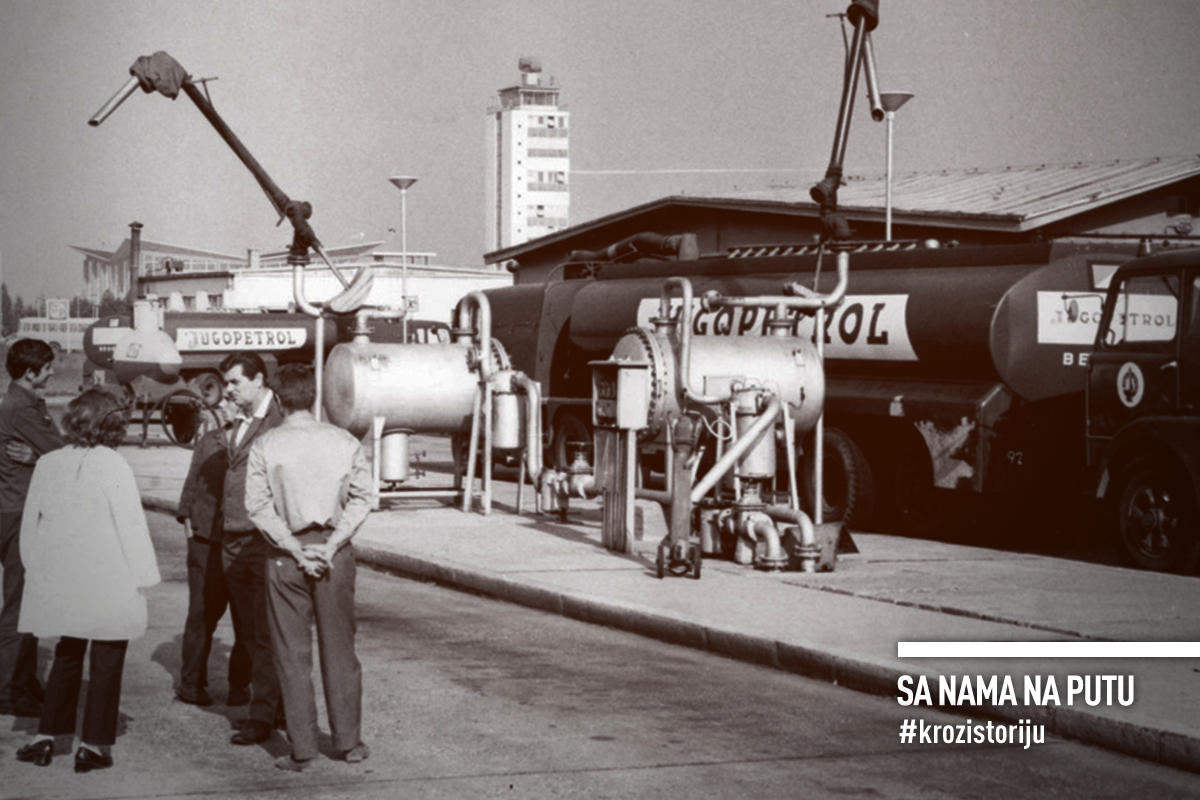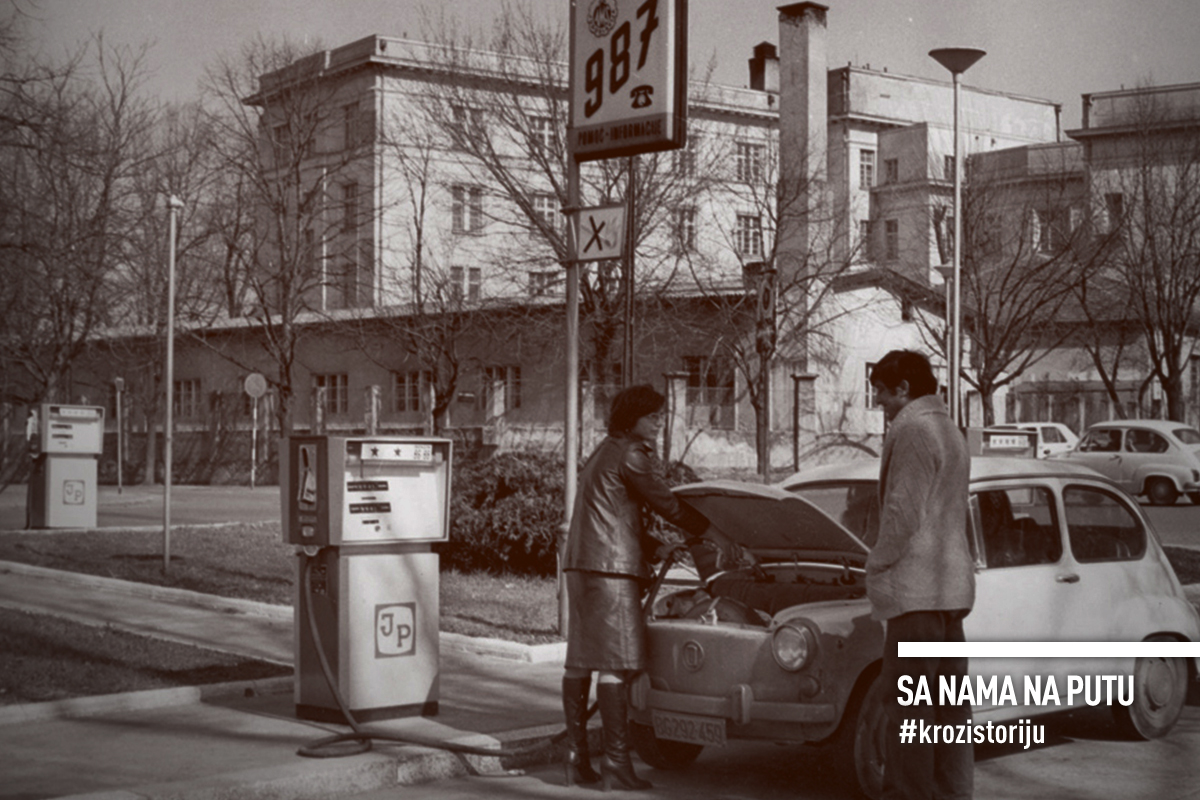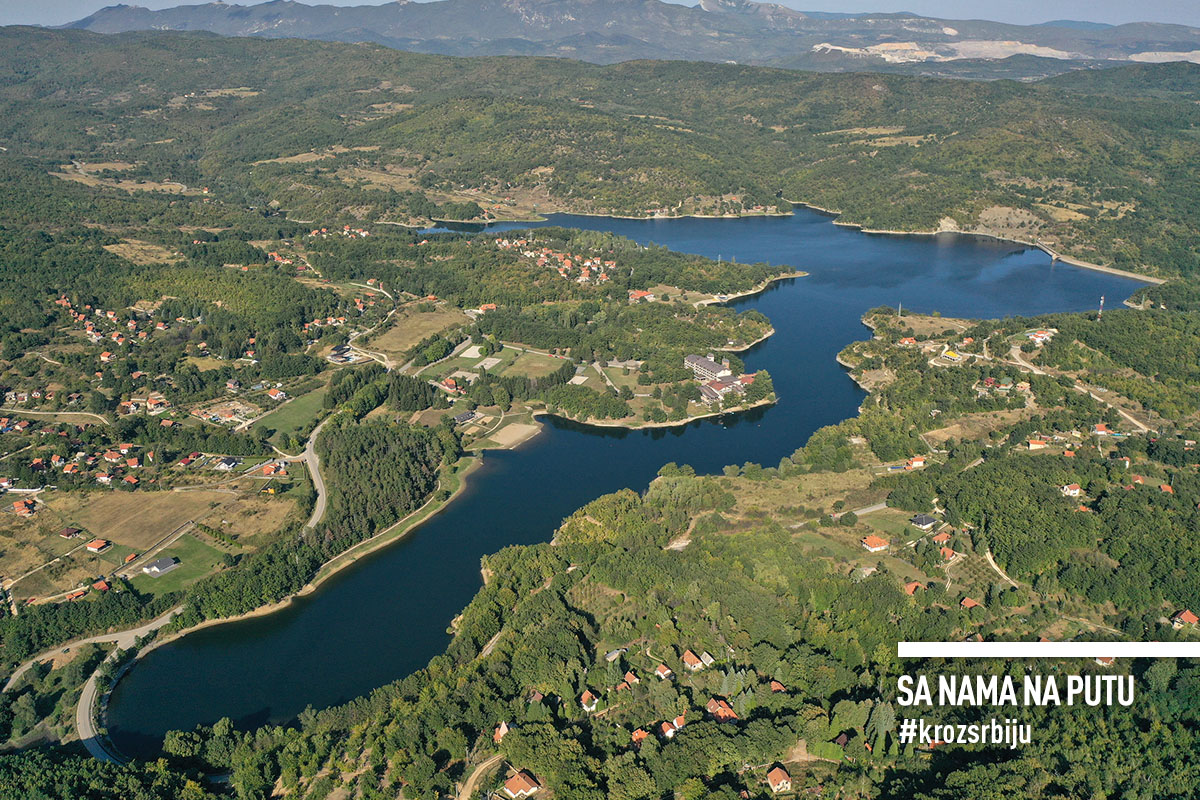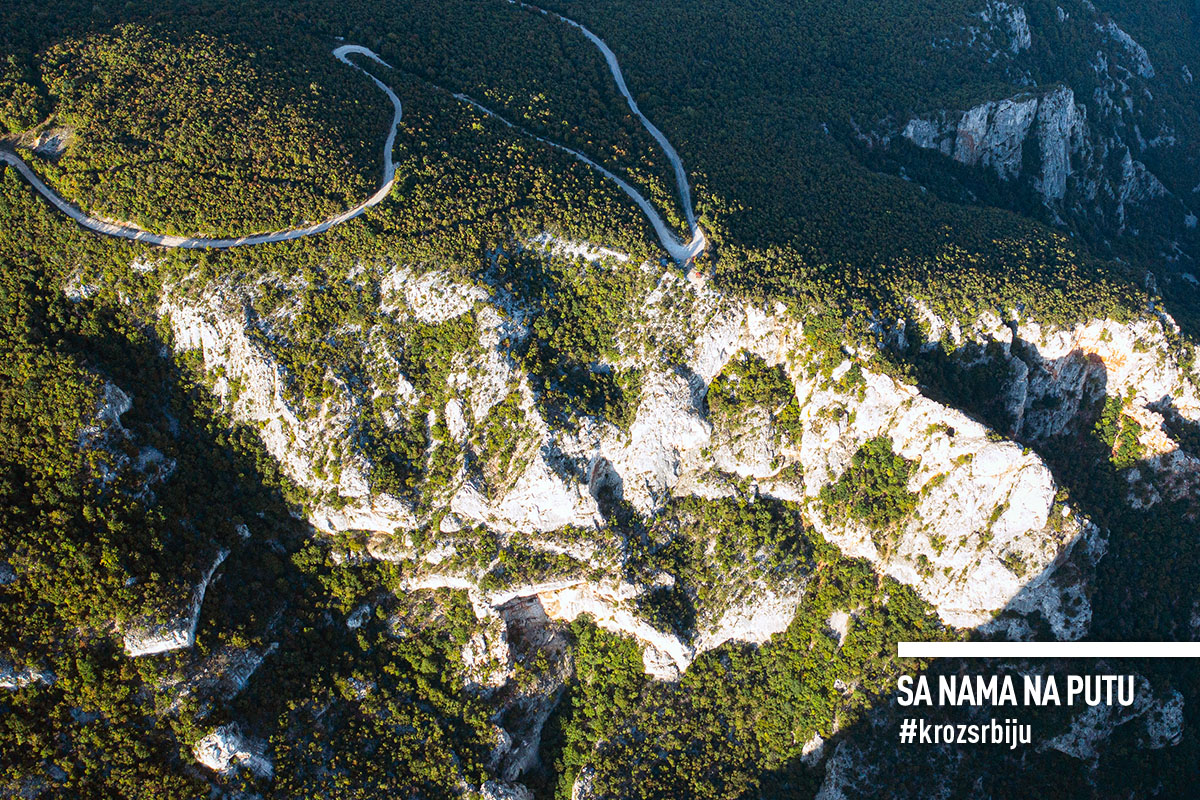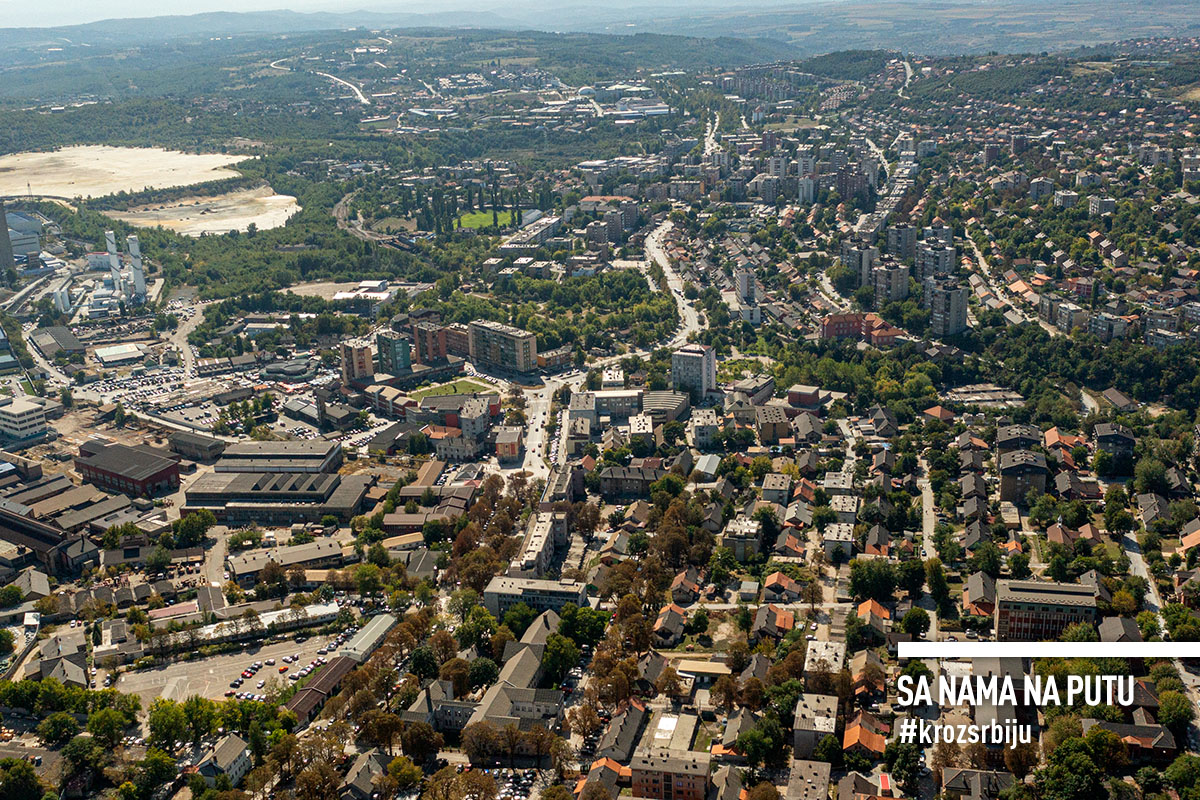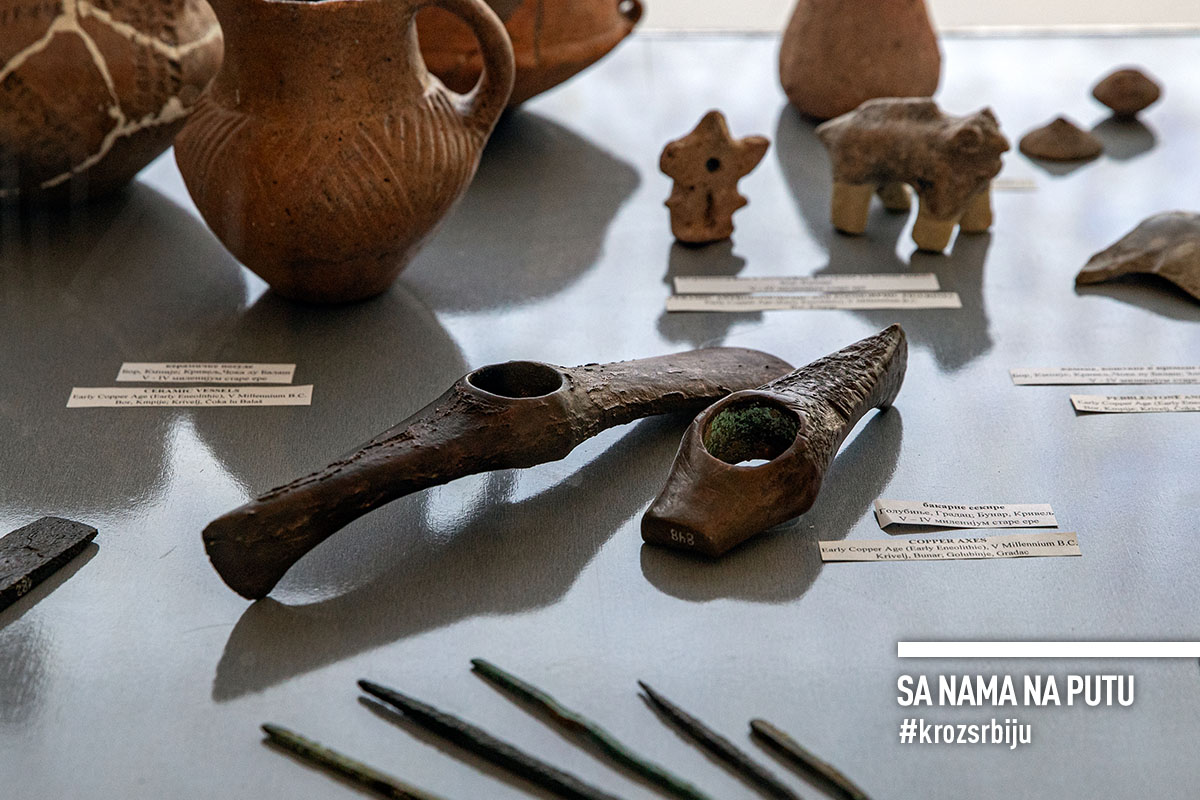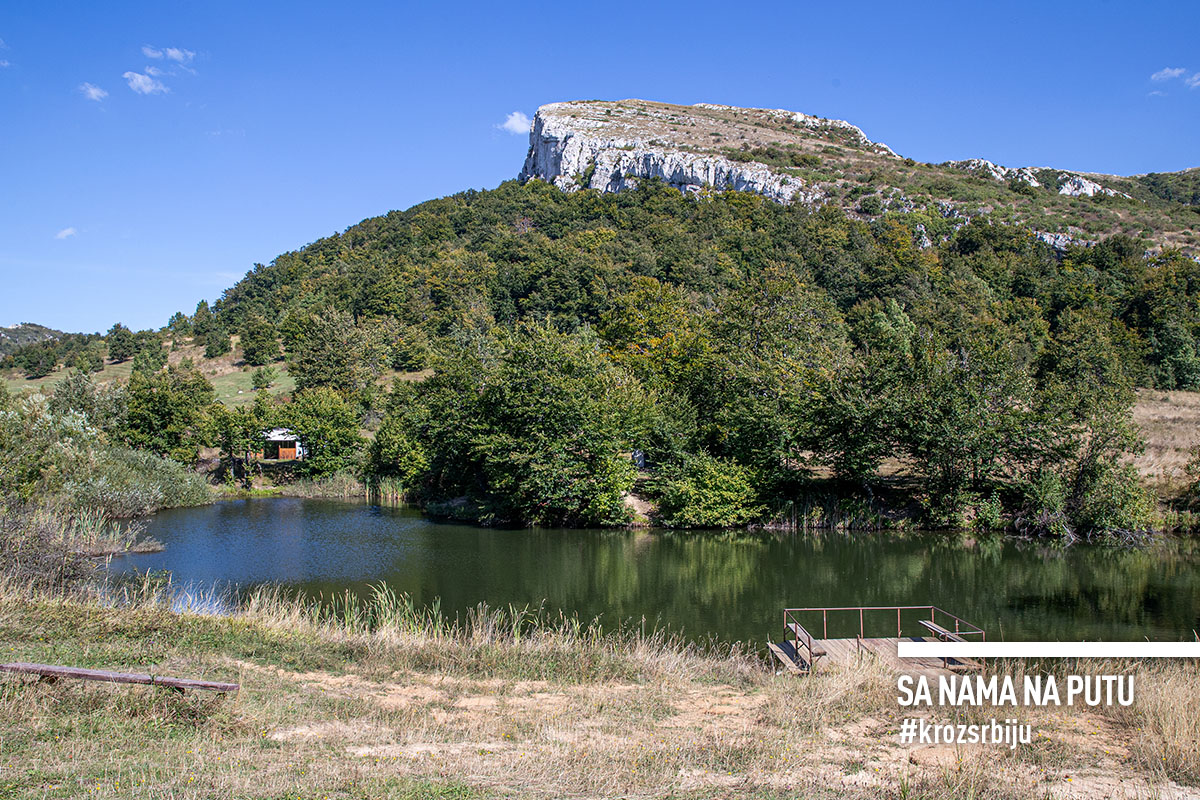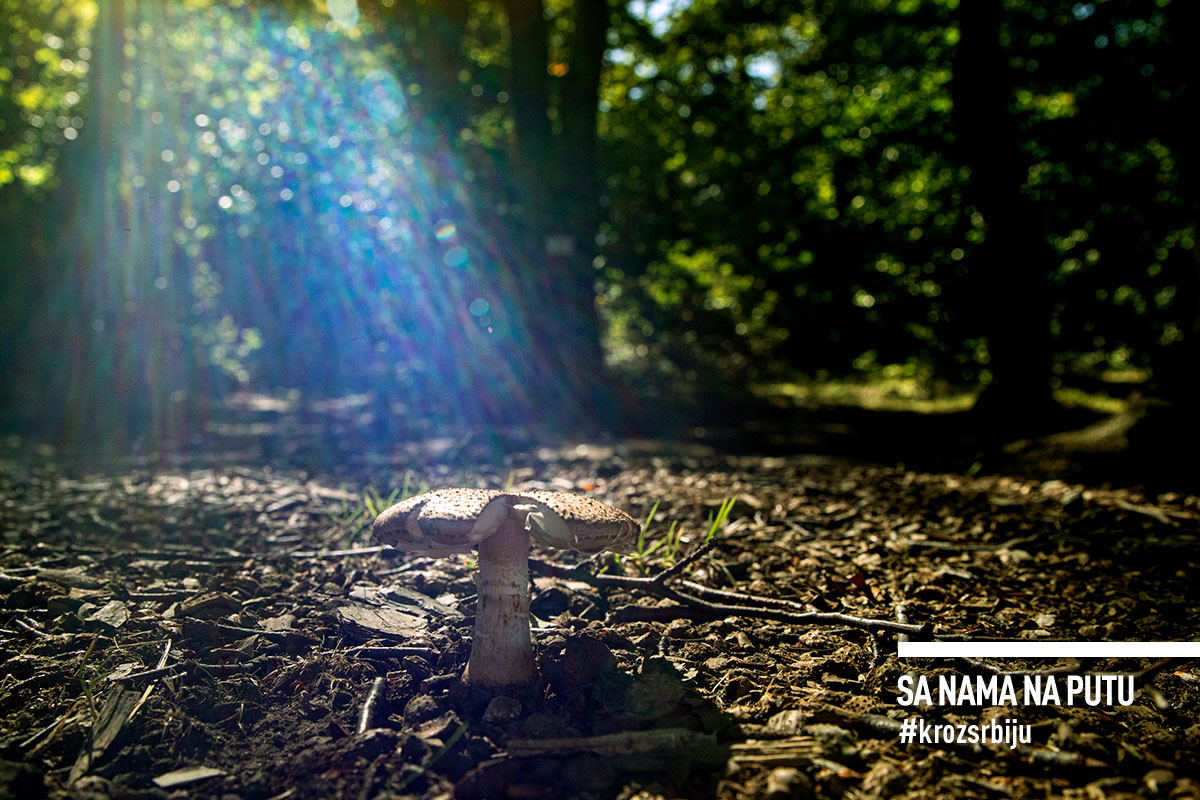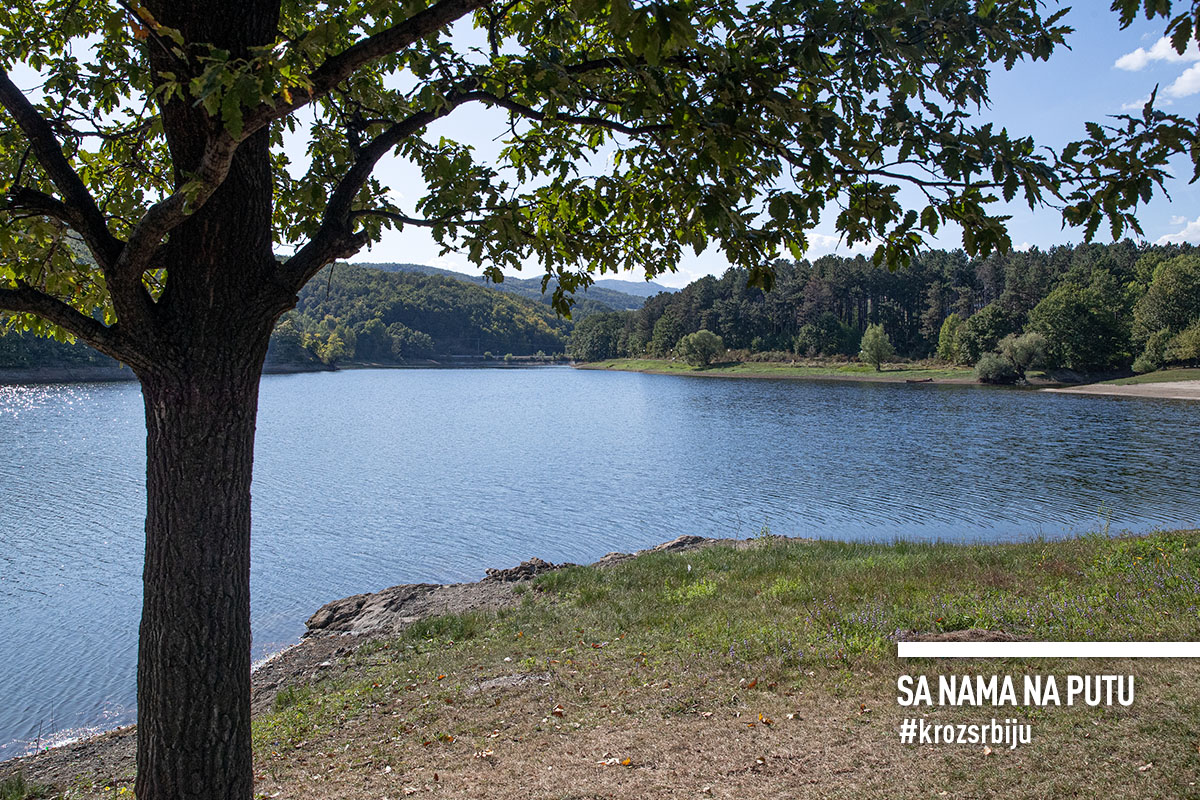“The place where the friends are” is the slogan of this small town on the grove hills of Eastern Serbia, embraced by three Timok rivers, within reach of the fertile Stara Planina Mountain. Few travellers will decide to head towards this town formerly known as Gurgusovac, probably unaware that it features a diverse historical heritage, natural rarities, traditional domestic dining, and the charm that enchanted even one famous Frenchman.
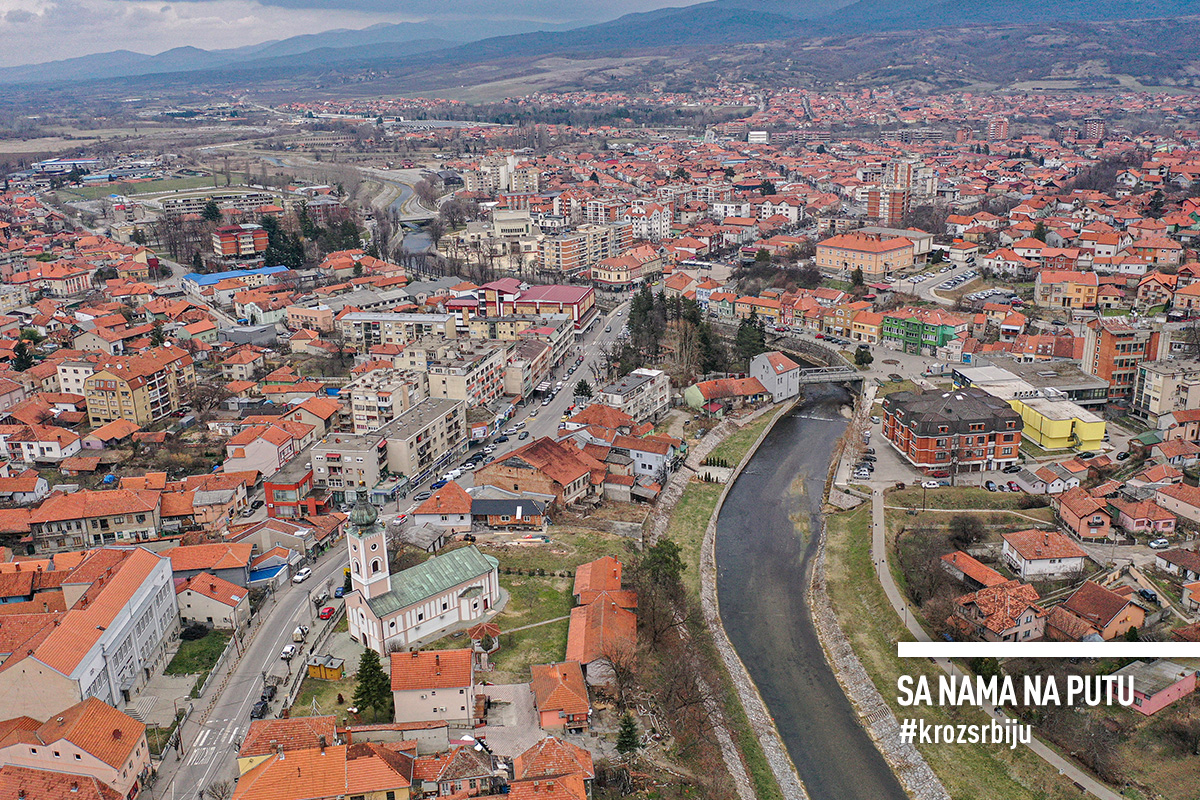
BECAUSE KNJAŽEVAC IS A SMALL SERBIAN VENICE
The cave drawing in the area of the village of Gabrovnica testifies that the area was inhabited even in prehistoric times. It was inhabited by various tribes. Hordes of Huns and Avars passed through it. It was visited by many armies, and it often changed its lords, until its final liberation from the Ottomans and annexation to Serbia in 1833. According to one tradition, Gurgusovac was named after Grgur, the eldest son of Serbian Despot Đurađ Branković, and according to another story, it was named after pigeons (Serbian – gurgusan), which were numerous in the surrounding forests. Then, in 1859, Prince Miloš Obrenović came to visit the town and ordered the burning down of the infamous Gurgusovac Tower, which was a dungeon and a symbol of darkness and slavery at the time of the ruling Karađorđević Family. And so, in Miloš’s honour, it was renamed Knjaževac (literally translated as “the prince’s town”). Only the wall and the entrance gate have been preserved from the former Serbian Bastille, and the space is now used for public and cultural events.
Today, the town, tucked between the gentle plateaus of Tresibaba and Tupižnica mountains, in the hinterland of Stara Planina, is affectionately called Serbian Venice or Little Venice. It is spread on the banks of two Timok rivers, the Svrljiški Timok and Trgoviški Timok, which merge into the Beli Timok near this town. Seven small bridges were built over the rivers, the most famous of which is the stone one. Along the water, there are promenades with rows of linden and chestnut trees. They are most captivating in the spring when they get their leaves and spread their lovely scent. The spirit of old times vibrates with the Old Town. It is divided into the upper part, containing stores and craft shops dating from the period of Ottoman rule, and the lower part with inns and taverns with residential units on the first floor that were built after the liberation. It’s very colourful and appealing. The gratitude to the people of Timok who gave their lives for freedom was expressed by the people of Knjaževac in the Memorial Park, which is also a representation of historical events from 1804 until the end of the Second World War. The greatest decoration of the town is considered by many to be the church of St. George. The construction began in 1833 in honour of the first visit of Prince Miloš. During the Serbian-Ottoman War, it was burned down in 1876, but it was quickly restored. In its treasury, it keeps the Gospel from 1805 and the remains of the old iconostasis.
The picturesque architecture of Knjaževac was immortalized by the famous French architect, painter, and writer of Swiss origin, Le Corbusier. When the road took him here at the beginning of the 20th century, he was so inspired that he took a pencil and made a drawing of Knjaževac, which is kept in the National Museum in Belgrade. More than a century ago, the French pickiness and the Swiss pettiness succumbed in front of, as many say, the most beautiful city of eastern Serbia. And today? It should be cleaned and washed first, and then, dilapidated and filthy facades of many buildings, some of which are quite striking, should be restored. Then, it could truly be Miloš’s pride and worthy of its nickname.
But unlike the city, its surrounding areas seem to get a lot of care. Just five kilometres away, on the coast of the Svrljiški Timok, there is a spa, Rgoška Banja, known as Banjica among the local people. At the spring of the healing water, a natural lake was formed, with a constant water temperature of 28 degrees. It was found to be quite healing, so the small spa was turned into a well-maintained excursion site with a parking lot, outdoor furniture, a children’s playground, and a small restaurant. The water from the thermal spring is transported to swimming pools in the nearby Banjica Sports and Recreation Centre, where there is an Olympic swimming pool, a children’s water park, sports grounds, a restaurant, and a small spa. In winter, the large pool is covered so you can have a swim in the beneficial warm water throughout the year.
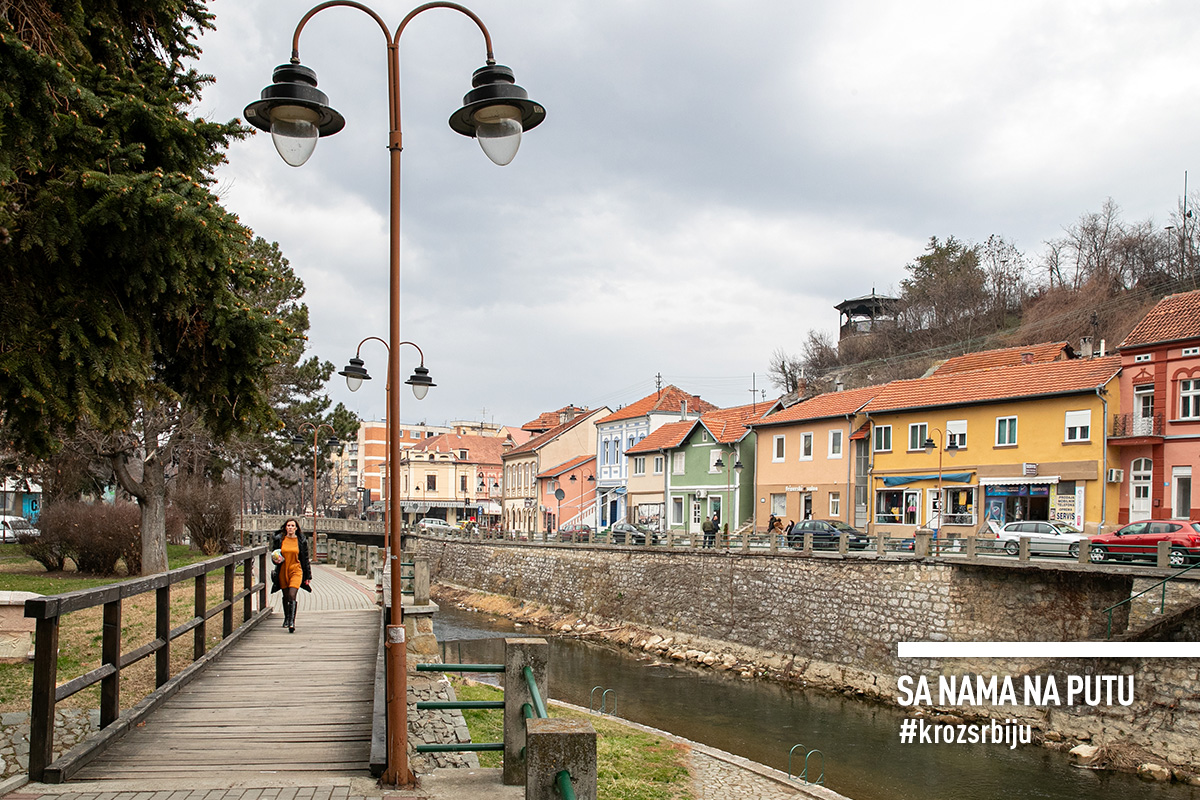
BECAUSE THE HOMELAND MUSEUM IS THE HERITAGE OF THE RICH HISTORY OF THE REGION
It is housed in a building from the beginning of the 20th century, a former house of the rich Sibinović family, which was renovated for the needs of the museum. In the left wing, there is an archaeological collection, which contains more than 2000 objects that have been found on the territory of the municipality of Knjaževac, presented chronologically and thematically. In the right wing, there is an art collection consisting of about 1000 paintings, graphics, drawings, icons, sculptures, reproductions, and other objects of visual art, as well as an ethnological collection. A special and honorary place is occupied by double-knit wool socks. The most beautiful part of the traditional folk costume of the Knjaževac region was created in the period from the 18th to the 20th century. They are unique in the world. Traditional folk costumes and civil clothes, fabrics, furniture, homemade items, musical instruments, technical devices, and items from ordinary life are on display. A varied and interesting setting.
You should also take a peek at the Museum of the City of Knjaževac, in the house of Aleksa Aca Stanojević, a renowned radical and close associate of Nikola Pašić. In addition to his personal items, many valuable objects obtained from old Knjaževac families from the end of the 19th and the beginning of the 20th century are on display.
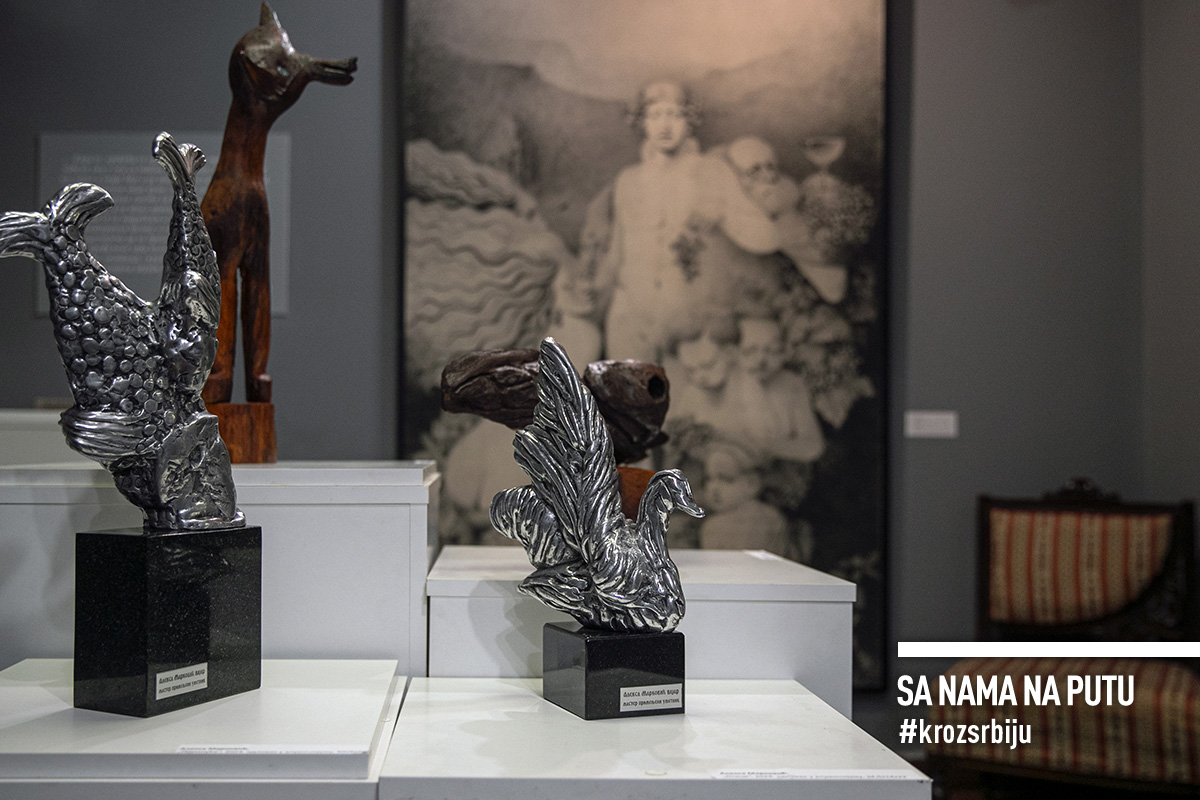
BECAUSE THE VILLAGE OF RAVNA WAS A ROMAN FORTRESS
About ten kilometres from Knjaževac, in the fertile valley of the Beli Timok River, on two hectares, lies the oldest military fortress in the Timok region. The construction of Timacum Minus began in the middle of the 1st century. Within its walls, you could find a granary, military buildings, and a treasury. Due to its important position and proximity to ore deposits, a civilian settlement soon developed next to the military camp, as well as necropolises, villas, and temples dedicated to various Roman deities. The settlement was destroyed in a fire in the middle of the 5th century. Today, excavated parts of the walls and some buildings within the walls can be seen, and only the southern gate, which dominates the area, has been restored. It is known that excavations are carried out slowly and carefully, so diligent archaeologists will surely discover more interesting items.
Nearby is the Ravna archaeological and ethnological park, a combination of ancient, Roman past, folk architecture and rural life from the end of the 19th and the beginning of the 20th century. In the courtyard of the old village school, a lapiradium was formed with gravestones, honorary monuments, and altars from Timacum Minus, while some items found in an ancient settlement are displayed in the school building. The rest of the space is dedicated to the rural community of the Timok region at the end of the 19th century. You can visit the old Moravian house, built in Bundwerk construction style, which was moved from Stara Planina, within which there is a fireplace and, of course, a tripod, a barn, a replica of an ancient and traditional pottery stove, a cauldron for making brandy, and a house in whose basement there is an exhibition space on winemaking of the region. Everything is very nicely designed and presented.
You can explore some ancient excavations, then take a walk through a Serbian village of two centuries ago, and then return to the present. And see its most exciting and most gentle aspects. Come, visit, experience, and decide.
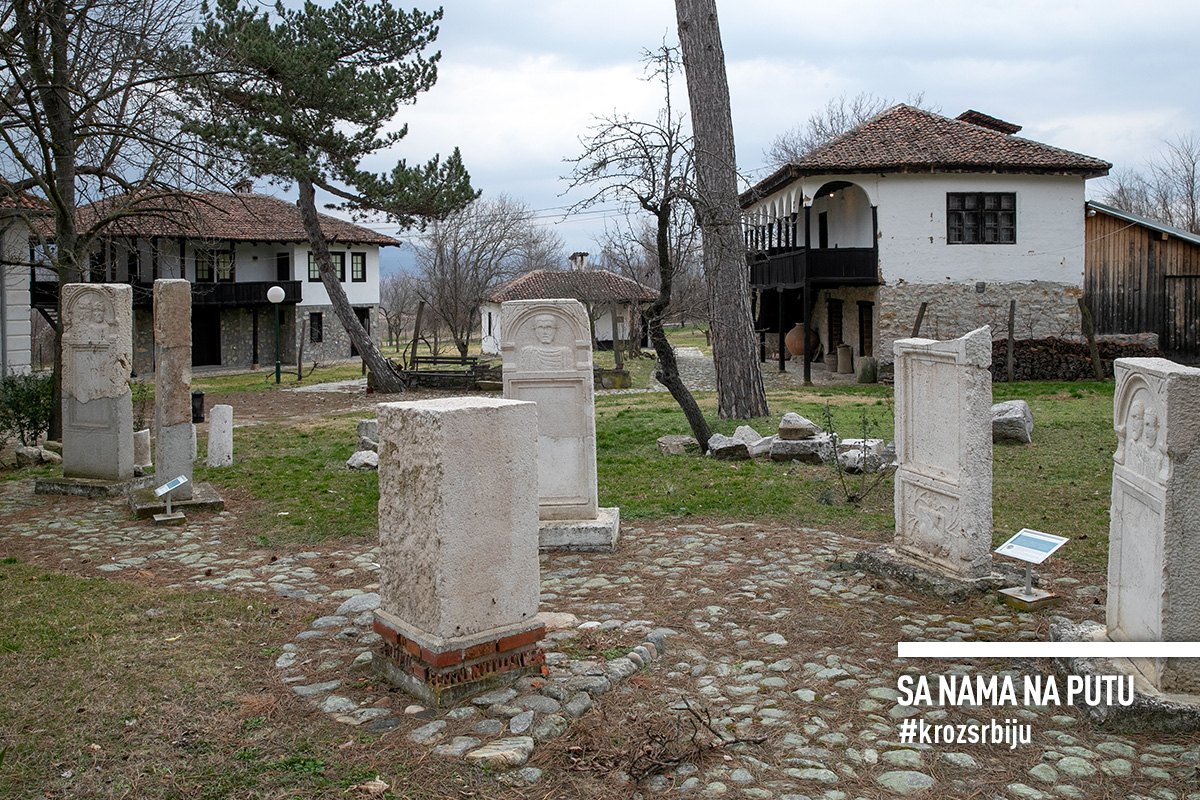
BECAUSE ŽDRELO GORGE RESEMBLES GREEK METEORA
Do not expect a rocky and religious miracle that the Greeks boast of, but you will certainly find wilderness, as wild as it can get. You should follow the road to the village of Stogazovac. Along the way, there are unpleasant scenes of crumbling, collapsed, and abandoned houses. When you reach the information board, tuck your vehicle somewhere, and start walking along the dirt road. Enjoy the environment where the most amazing movies could be made. In the spring, when nature flourishes, it must resemble a fairy tale. But now, under the heavy clouds of the frowning sky, it seems unfathomably mysterious. The gorge, about 300 meters long, is cut into karst rocks, whose age is estimated at 120 million years, and the highest cliffs rise to 80 meters above the Zubetinačka River. Precisely because of the rock configuration, it resembles the Greek Meteora, so the people nicknamed Ždrelo the Meteora of Knjaževac. In the riverbed, there is a spring of “holy water”, which the locals call the “Dining Room of God”. They say that it has never dried up and that it is healing for the eyes. The lookout points can be reached by a well-maintained two-kilometre-long pedestrian path. Along the way is Vidovdan church, which, according to tradition, was built by the Prince Lazar. Today’s building was built on old foundations in the first half of the last century. The road further leads to the highest cliff where a fence and a large cross are placed. The view from there is unforgettable.

BECAUSE EVERYTHING IS HOME-MADE IN THE MERAKLIJSKI PODRUM RESTAURANT
Honestly, we didn’t know where to dine. We consulted with a modern know-it-all, a mobile phone. From the offered restaurants in the area, we chose by name – “meraklijski” (Serb. enjoying good food, drink, and music) always sounds tempting. Again, we call on modern technology to show us the way to the hidden alley and the barely visible Meraklijski podrum sign. Everything inside is made of wood, with plaid tablecloths, traditional decoration, and a brick fireplace with a flickering fire. The landlady, who is also the head chef, said that she had just prepared oven-baked beans and fresh buns. We must apologise to the Macedonians, but these beans were tastier and juicier. She recommends pork fillet, topped with traditional cream, kajmak, which melts in the mouth, and hamburger, according to her recipe, finely filled with onions. And a plate of cow cheese, homemade, perfect. We ate and drank enough for a month, and we spent a reasonable amount of money. A walk around Knjaževac certainly does not lead to this tucked-away corner with traditional hospitality and food, but when your stomach gets cramps, we recommend calming it down here.
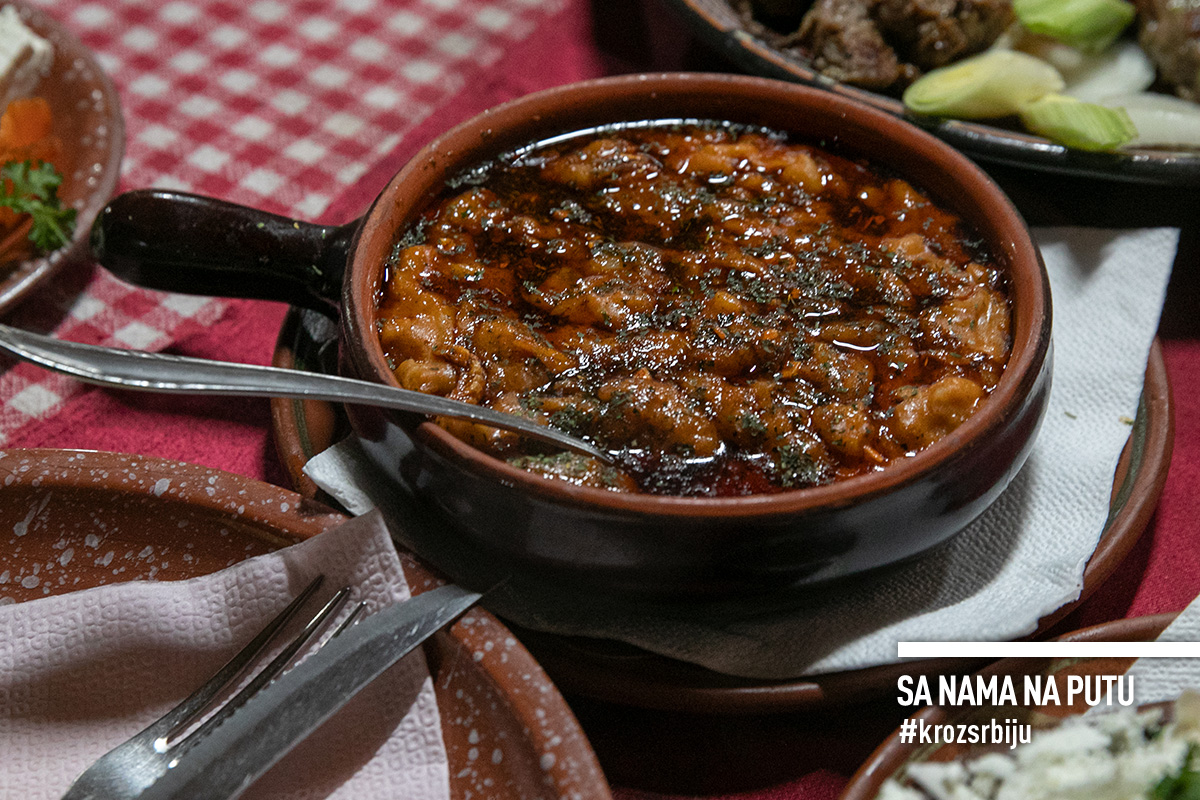
BECAUSE THE DRIVE.GO APP IS THE FASTEST FRIEND ON THE ROAD
Sometimes every minute counts. But speeding is never smart, and it is often a dangerous solution. So, if you are in a hurry, it is the safest decision to save some time at the petrol station. The Drive.Go mobile app allows you to pay at the refuelling point, without leaving the vehicle. It’s simple, in just a few steps – by scanning the QR code and pressing pay. In no time. Spending just the time needed to refuel the vehicle. This gives you enough time to drive safely to your desired destination.
